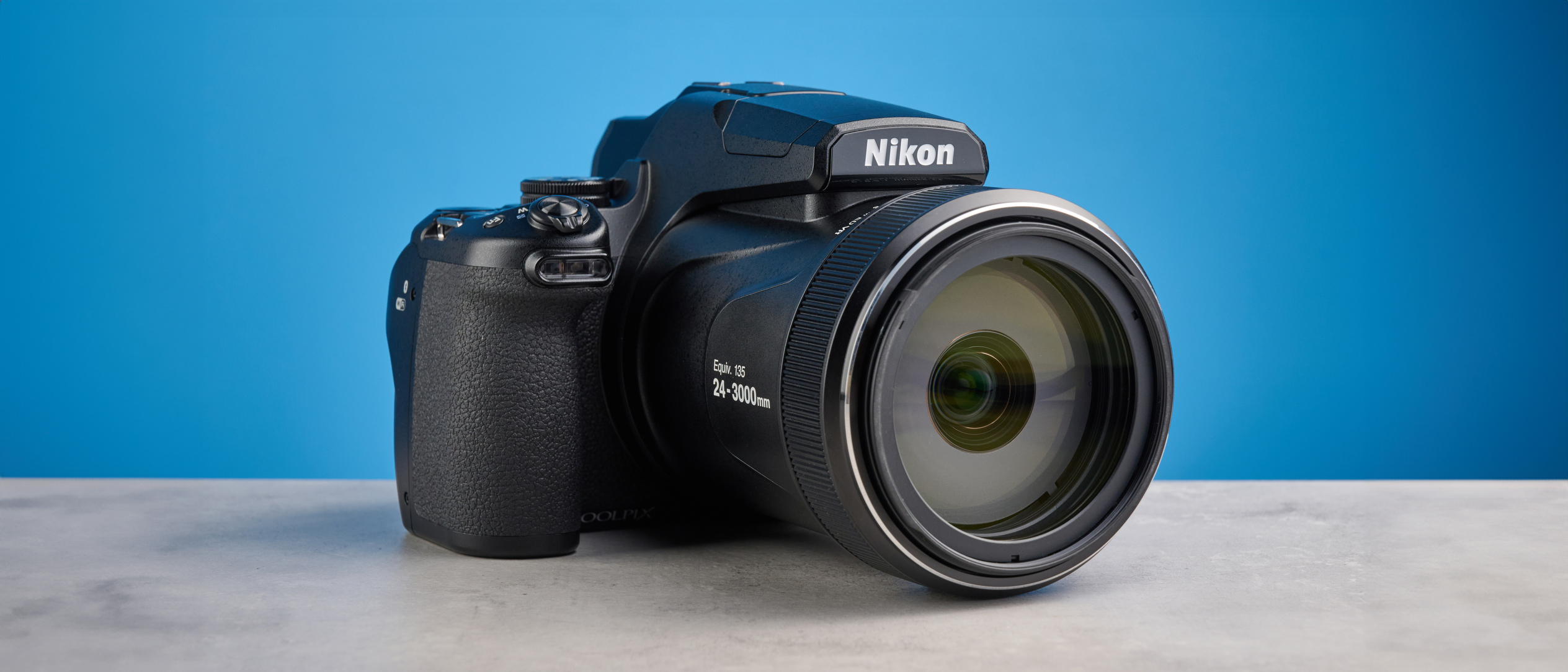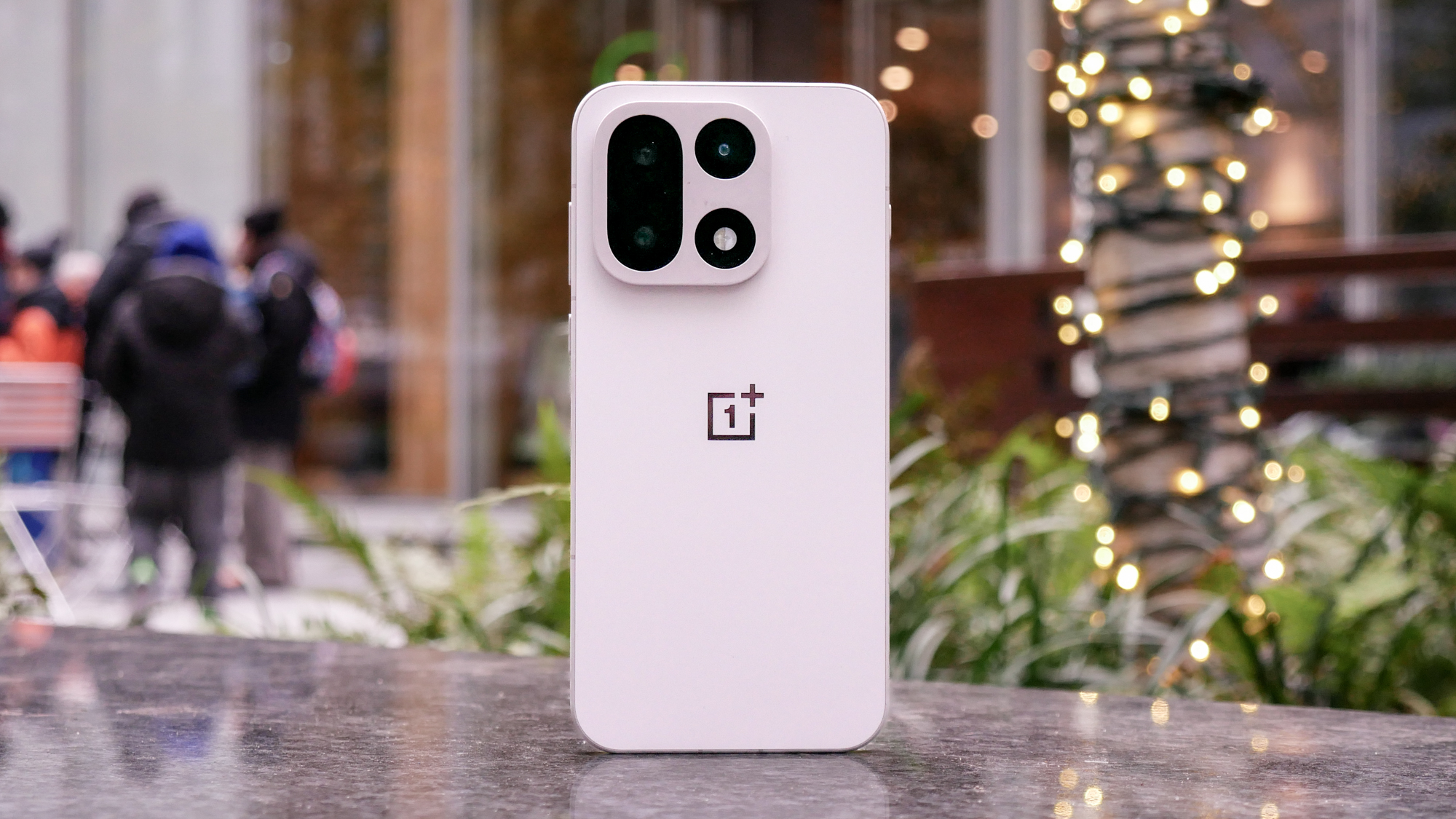Tom's Guide Verdict
The Nikon Coolpix P1100 is a bridge camera designed for photographing upwards, with dedicated Bird Watching and Moon modes. The camera is easy to use thanks to a straightforward control scheme, and although it’s bulky, its ergonomics make it easy to handle. However, there’s no animal autofocus, and the small sensor means image quality is hit-or-miss. Oh, and the ISO tops out at 6400 too.
Pros
- +
Long-reaching 125x zoom
- +
Ergonomic handling and controls
- +
Built-in flash
- +
Dedicated Moon and Bird Watching modes
- +
Good image quality
Cons
- -
No animal autofocus… in a wildlife camera
- -
Bulky body
- -
ISO tops out at 6400
Why you can trust Tom's Guide
When I was a child, I remember seeing people carrying around super zoom or bridge cameras. With the shift in technology, those have been gradually replaced by mirrorless cameras. But Nikon isn’t letting bridge cameras die so easily, as it has proven with the launch of the Nikon Coolpix P1100 this year.
Featuring a 125x zoom with an effective optical focal range of 24-3000mm (and 6000mm with 4x digital zoom), the Coolpix P1100 is a good camera for bird and astrophotography thanks to its incredible optical reach and dedicated photography modes. Although it’s bulky, it’s comfortable to handle. However, it isn’t without its faults. It doesn’t feature animal subject detection, and its small sensor holds it back in a couple of ways.
To find out if this is one of the best cameras for you, read my full Nikon Coolpix P1100 review.
Nikon Coolpix P1100 review: Cheat sheet
- What is it? A bridge camera with a long-reaching 125x zoom and focal length of 4.3-539mm (24-3000mm full frame equivalent) with a dedicated Bird Watching mode
- Who is it for? Anyone who wants an easy-to-use camera for bird and wildlife photography
- How much does it cost? The Nikon Coolpix P1100 is available for $1,146 / £1,049
- What do we like? The ergonomic handling and controls, wide zoom range, built-in flash and its dedicated Bird Watching and Moon photography modes
- What don’t we like? There’s no animal detection, the camera is bulky, and the small sensor limits the ISO range
Nikon Coolpix P1100 review: Specs
Specs | Nikon Coolpix P1100 |
|---|---|
Price | |
Sensor | 16MP 1/2.3-inch CMOS |
Processor | EXPEED |
Stabilization | Optical Image Stabilization only |
AF system | Contrast-detect AF |
Focus modes | Single AF, Full-Time Autofocus, Manual Focus |
Viewfinder | OLED EVF, approx. 2.36M dots |
Display | 3.2-inch vari-angle TFT LCD, approx. 921K dots |
ISO range | 100-6400 |
Max video resolution | 4K UHD/30p | FHD/30p | 720/60p |
Ports | USB-C, micro HDMI, 3.5mm mic, 1x SD/SDHC/SDXC UHS-II/UHS-I |
Wireless/Bluetooth | Wi-Fi, Bluetooth |
Max shooting speed | 7fps (mechanical and electronic) |
Max shutter speed | 30s to 1/4000s (stills) | 1/30s to 1/8000s (video) |
Battery life (Stills, CIPA) | 260 shots |
Size | 5.8 x 4.7 x 7.2 inches |
Weight | 3.1lbs (with battery and memory card) |
Nikon Coolpix P1100 review: Price & availability
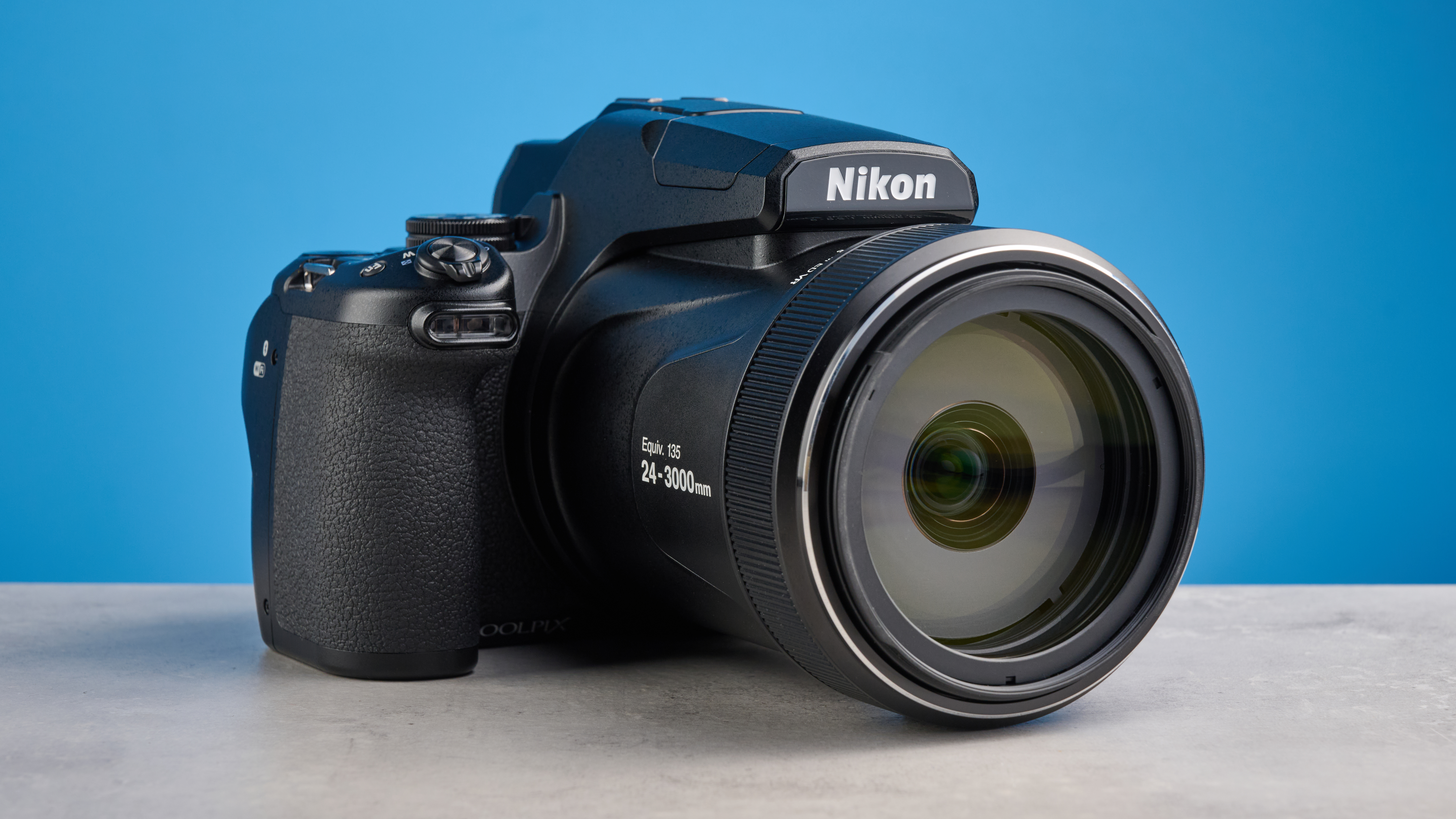
The Nikon Coolpix P1100 retails for $1,146 / £1,049 and it features a built-in super zoom lens. It’s a bridge camera and as the name suggests, they bridge the gap between compact cameras and DSLRs. These cameras are primarily meant for wildlife and astrophotography.
The Coolpix P1100 is one of the best cameras for pure reach with a massive 4.3-539mm zoom range, which at the top end equates to 3000mm on a full frame camera. It’s priced similarly to the Canon PowerShot SX70 HS ($994) and the Panasonic Lumix DMC-FZ2000/FZ2500 ($1,049) but it’s cheaper than the Sony CyberShot RX10 ($1,699).
It’s worth remembering that the Coolpix is pretty much the most affordable way to obtain this level of zoom from a new product. A new mirrorless camera and a super telephoto lens (into the 000s of millimeters focal length) is going to set you back serious money. For context, a Sony 400-800mm lens costs over $3,000. Canon’s RF1200mm lens costs well over $22,000.
Nikon Coolpix P1100 review: Design
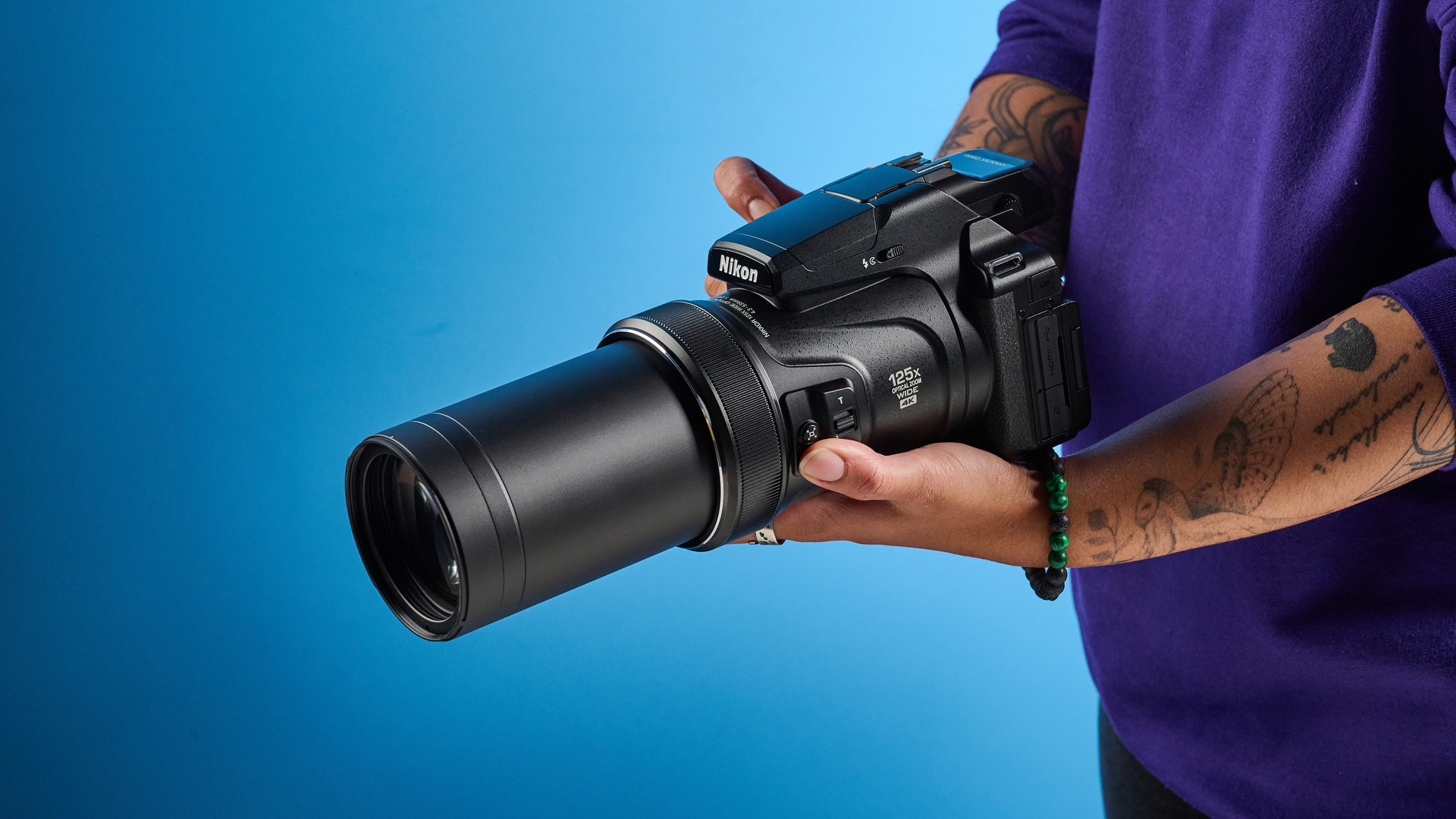
As I mentioned up top, bridge cameras pack the convenience of compact, point-and-shoot cameras into DSLR-esque bodies with huge zoom lenses. Keeping that in mind, it’s no surprise that the Nikon Coolpix P1100 is massive, and anyone who’s more used to shooting with the best mirrorless cameras is sure to be taken aback by its sheer size.
Get instant access to breaking news, the hottest reviews, great deals and helpful tips.
The Coolpix P1100 measures 7.2 x 5.8 x 4.7 inches, so it can feel a bit unruly to handle. The camera is heavy too, weighing 3.1lbs with the battery and a memory card inserted.
But all of that doesn’t mean it’s unusable. I was able to wrap my fingers comfortably and securely around the sculpted grip. And although made entirely of plastic, the Coolpix P1100 doesn’t feel too plasticky or hollow, and it feels well-built and sturdy.
Ports
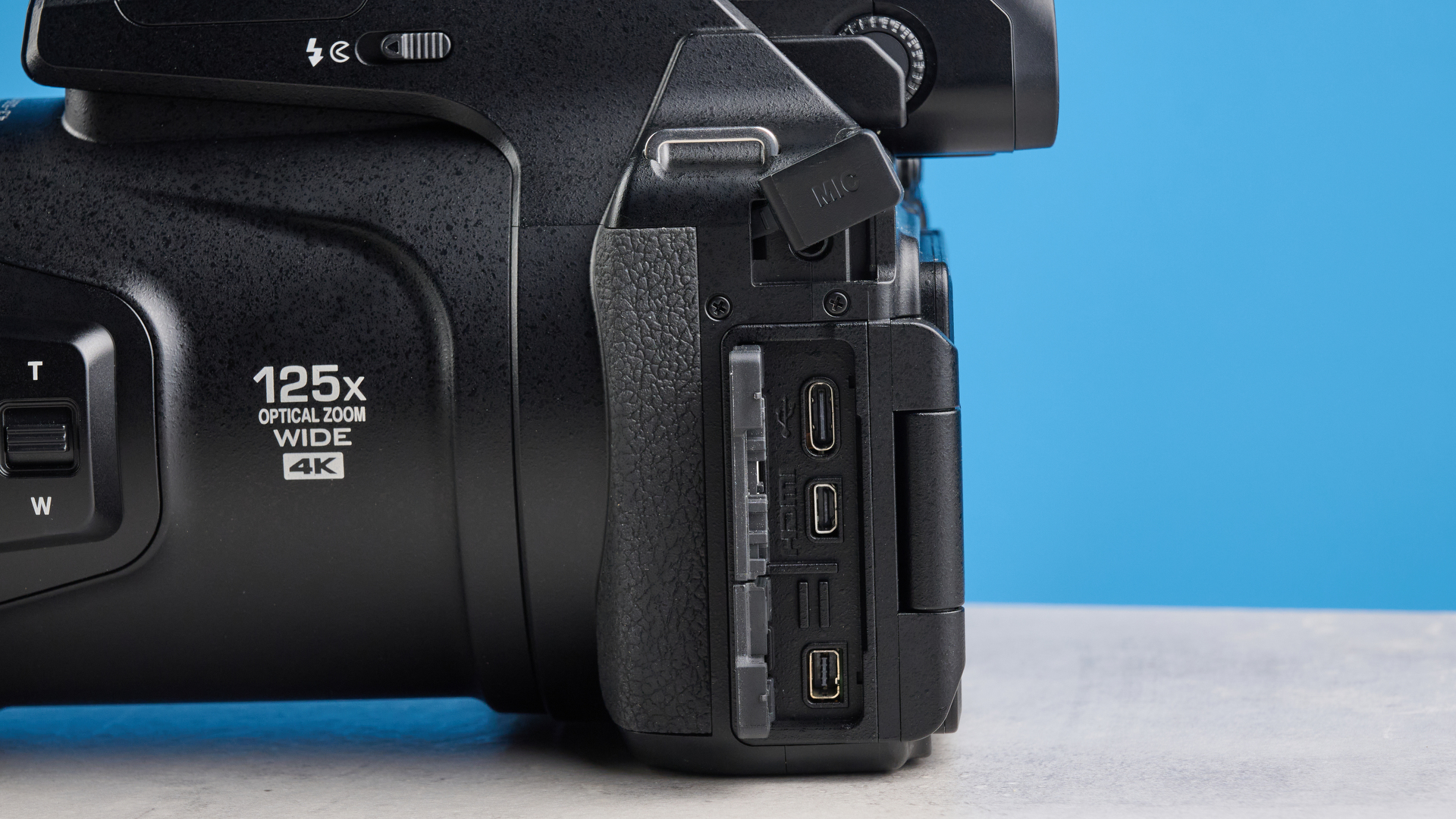
Ports on the Coolpix P1100 are fairly standard for a bridge camera. On the left edge of the camera, you’ll find a rubber flap concealing the USB-C, micro HDMI, 3.5mm mic ports as well as an accessory terminal. The bottom plate houses the EN-EL20a battery pack as well as a SD/SDHC/SDXC UHS-II/UHS-I memory card.
There’s no CFExpress card support but you don’t necessarily need it on a bridge camera. CFExpress Type-A or Type-B card slots are usually found on professional mirrorless cameras with much higher pixel counts, bigger sensors and faster shooting rates, such as the Sony A1 II ($6,499) or the Canon EOS R5 Mark II ($4,299).
Viewfinder
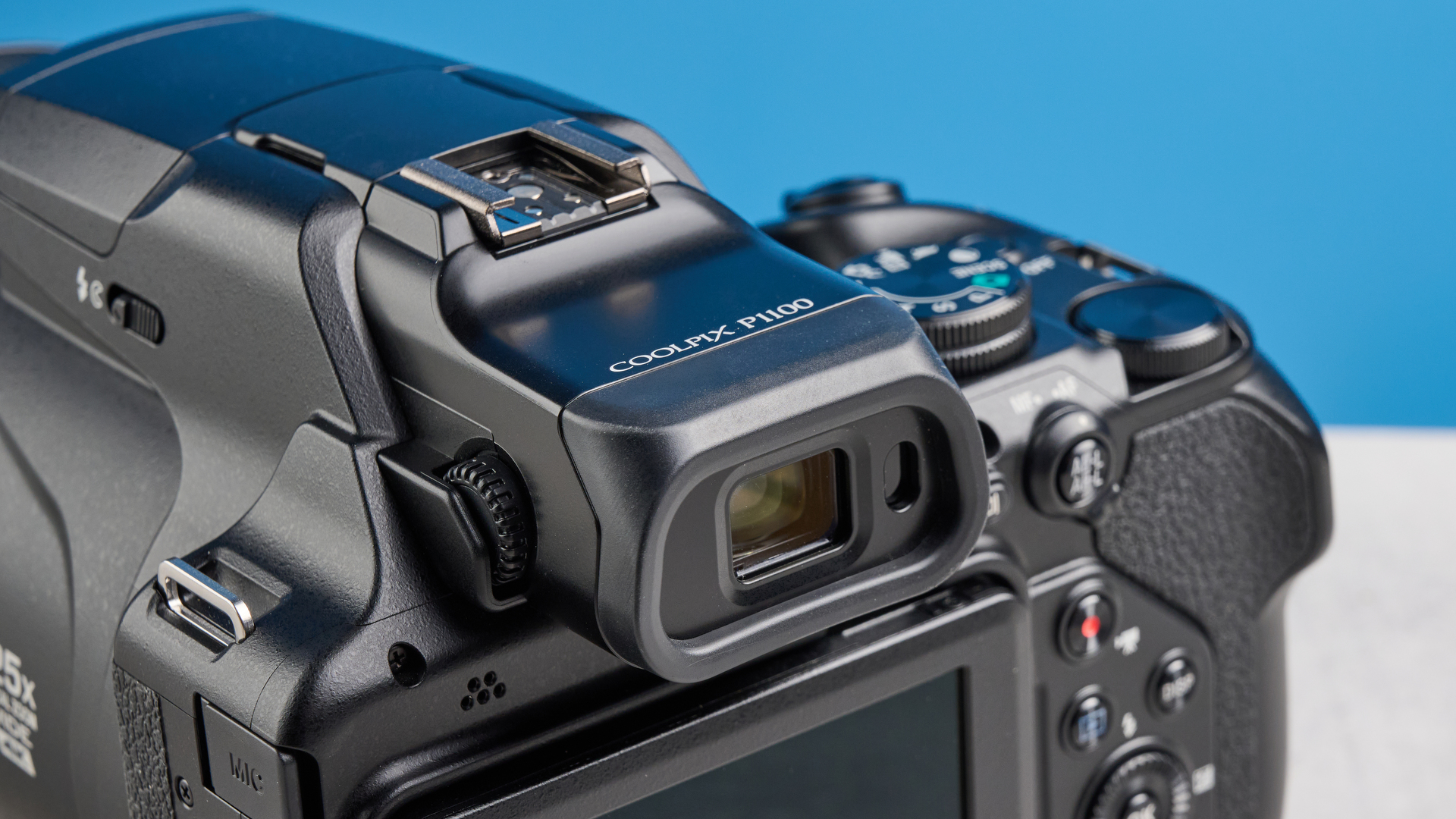
The Coolpix P1100 is fitted with an OLED electronic viewfinder (EVF) with a resolution of approximately 2.36 million dots — the same as the one on the Canon PowerShot SX70 HS, and mirrorless snappers like the Canon EOS R50 ($679) and the Fujifilm X-T30 II ($899). It’s large and detailed enough for you to accurately frame your subjects, and I found it comfortable to look through too.
Monitor
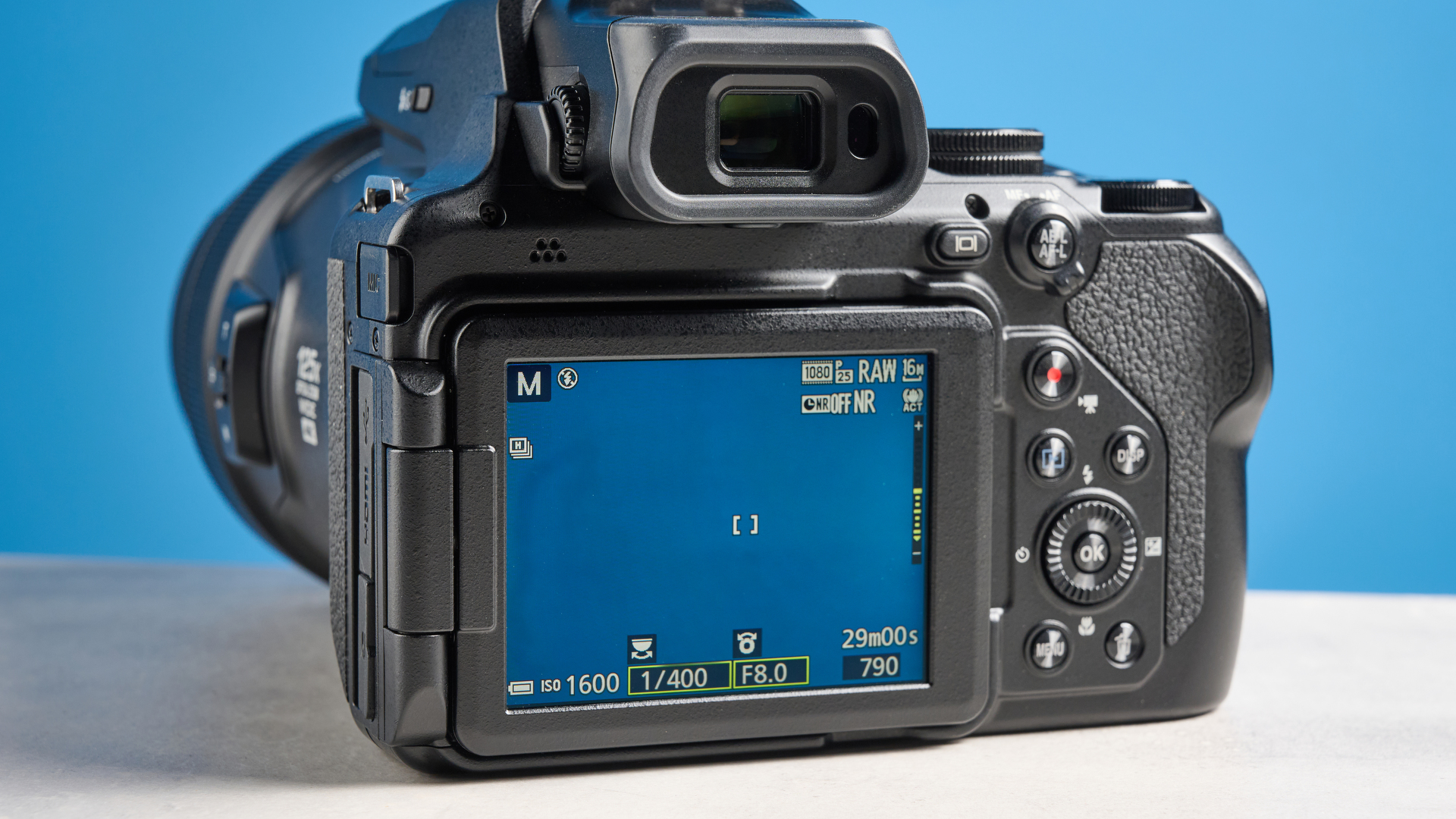
Like many other cameras, the Coolpix P1100 features a vari-angle 3.2-inch TFT LCD monitor. It’s got a resolution of approximately 921K dots, so while not the brightest or the most detailed, it’s more than enough to preview images and settings. I found the screen easy enough to read in bright and dimly lit settings.
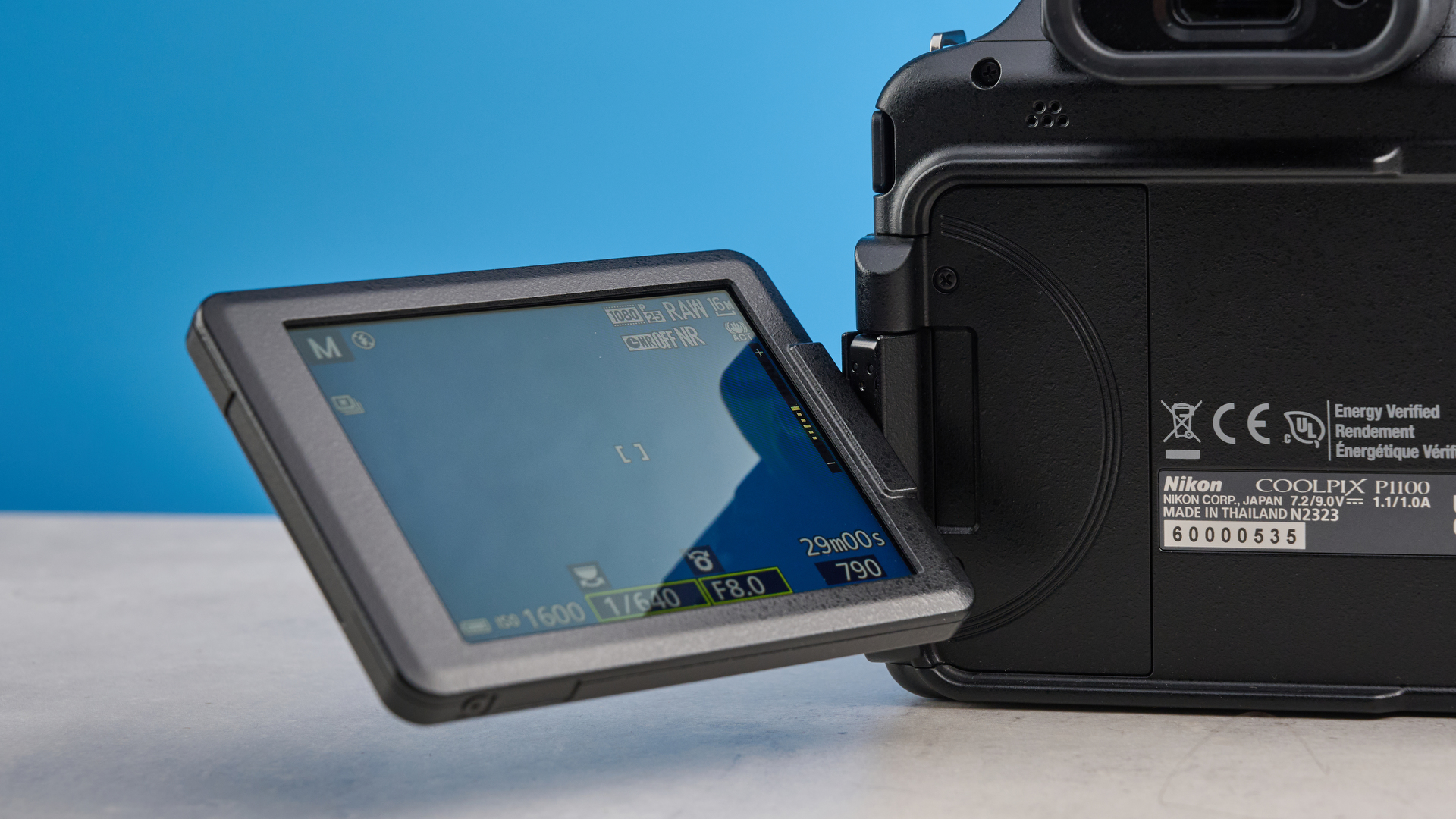
Being able to tilt the monitor at different angles helped me capture tricky shots. For instance, if I was photographing a duck loafing on the ground, I didn’t have to necessarily squat as I could just angle the screen in a way that I could still view it while standing upright.
It’s important to note that the Coolpix P1100’s screen is not a touchscreen, unlike many modern-day cameras. You’ll need to use the navigation wheel and other physical buttons to cycle through settings and the gallery. The physical buttons themselves are responsive and I didn’t notice any significant input lag.
Weather-sealing
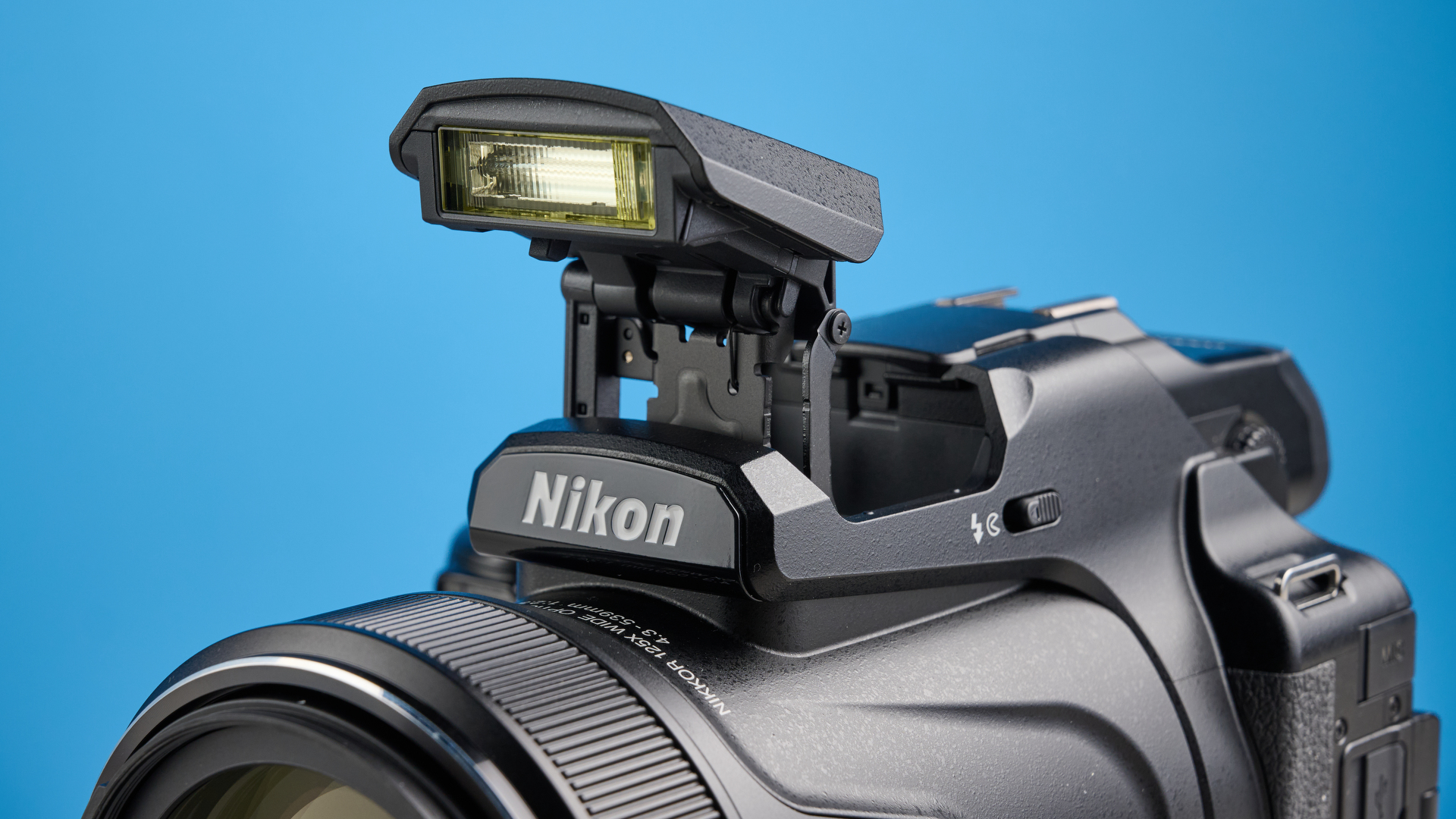
Even though it’s marketed as a wildlife camera, the Coolpix P1100 isn’t weather-sealed which can limit its real-world usage. What if you want to photograph Arctic terns in rainy Iceland, or ostriches in the Saharan Desert? Heck, even photographing swans and pigeons in rainy Britain becomes harder. You’ll need to be careful using the Coolpix P1100 in rainy and dusty conditions.
Nikon Coolpix P1100 review: Controls
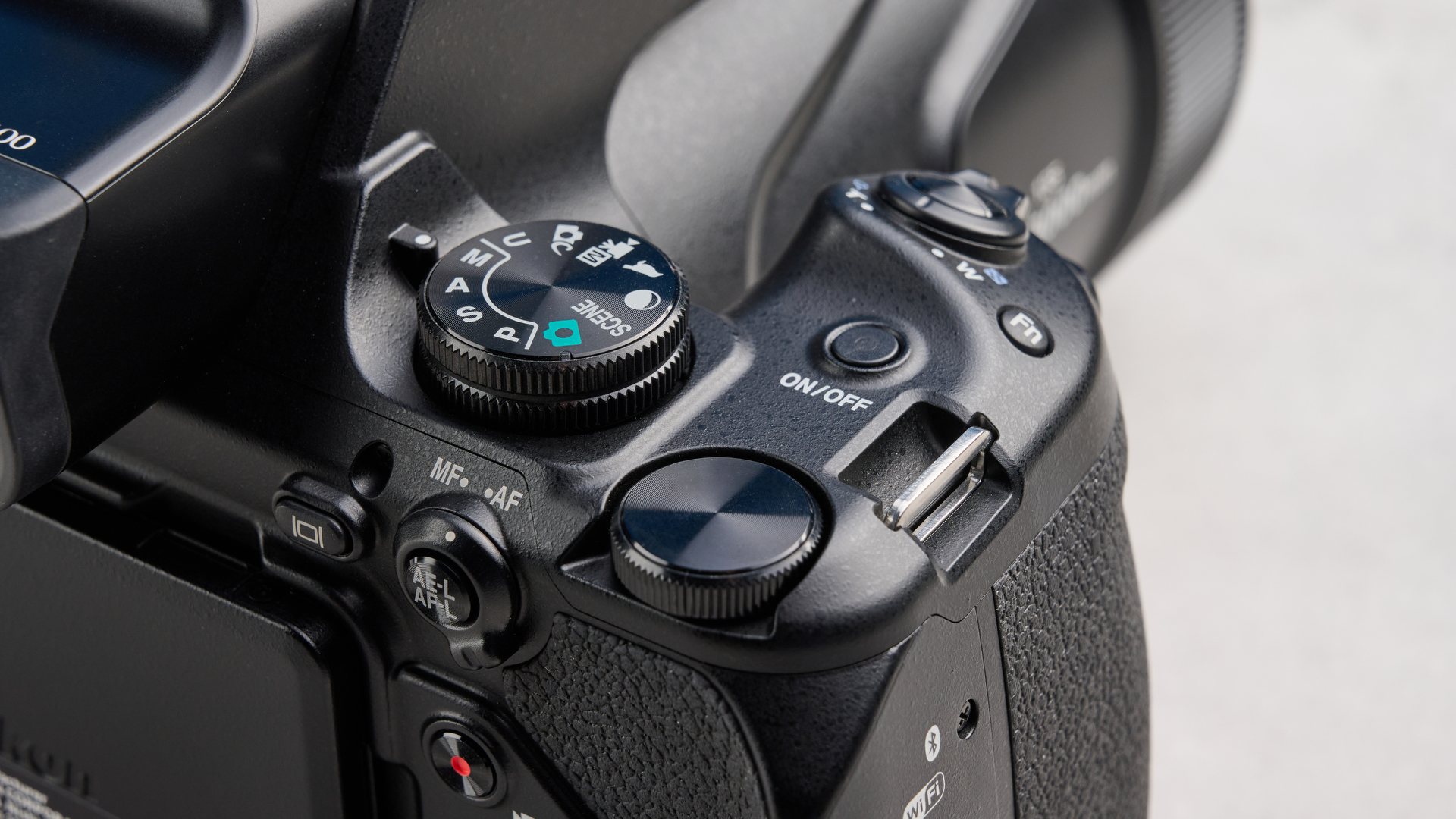
My first-ever camera was a Nikon D5100 which I still use from time to time, and I’m accustomed to Nikon’s menus and controls. But I feel like even if I wasn’t, I’d find the Nikon Coolpix P1100 easy to use. All the buttons and dials are laid out well, and most of them are located on the right-hand side. I found them all within easy reach, and they gave good tactile feedback when pressed.
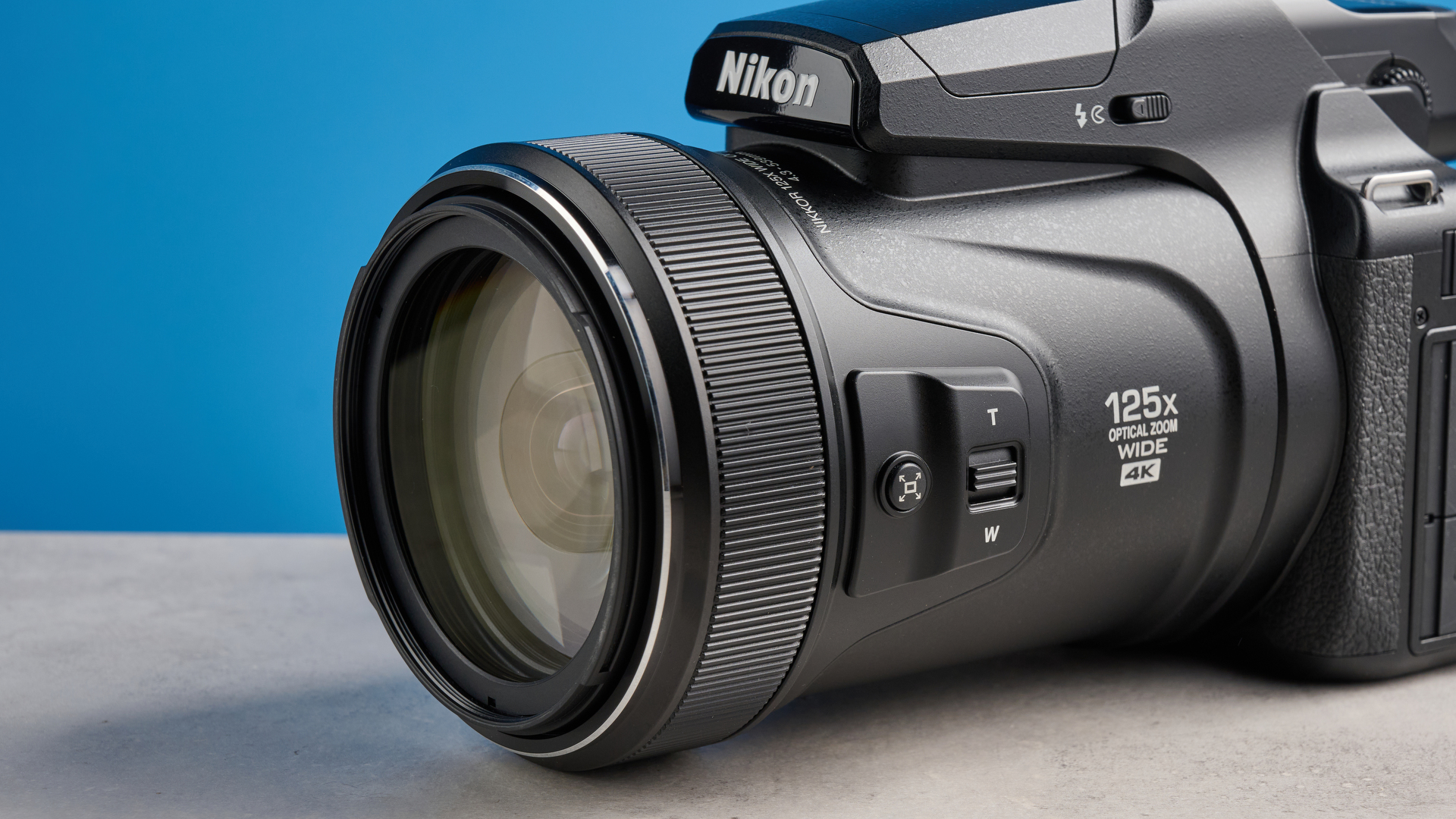
But perhaps my favorite button is the zoom retract one. Anyone who has worked with long telephoto or zoom lenses will understand the frustration that comes with animals or birds moving out of shot and then you having to spend some time pulling the focal length back. Nikon has come up with an ingenious solution: a snap-back button located on the lens. Hitting this retracts the lens to a wider angle, making it easier to pick up subjects that have since moved out of shot.
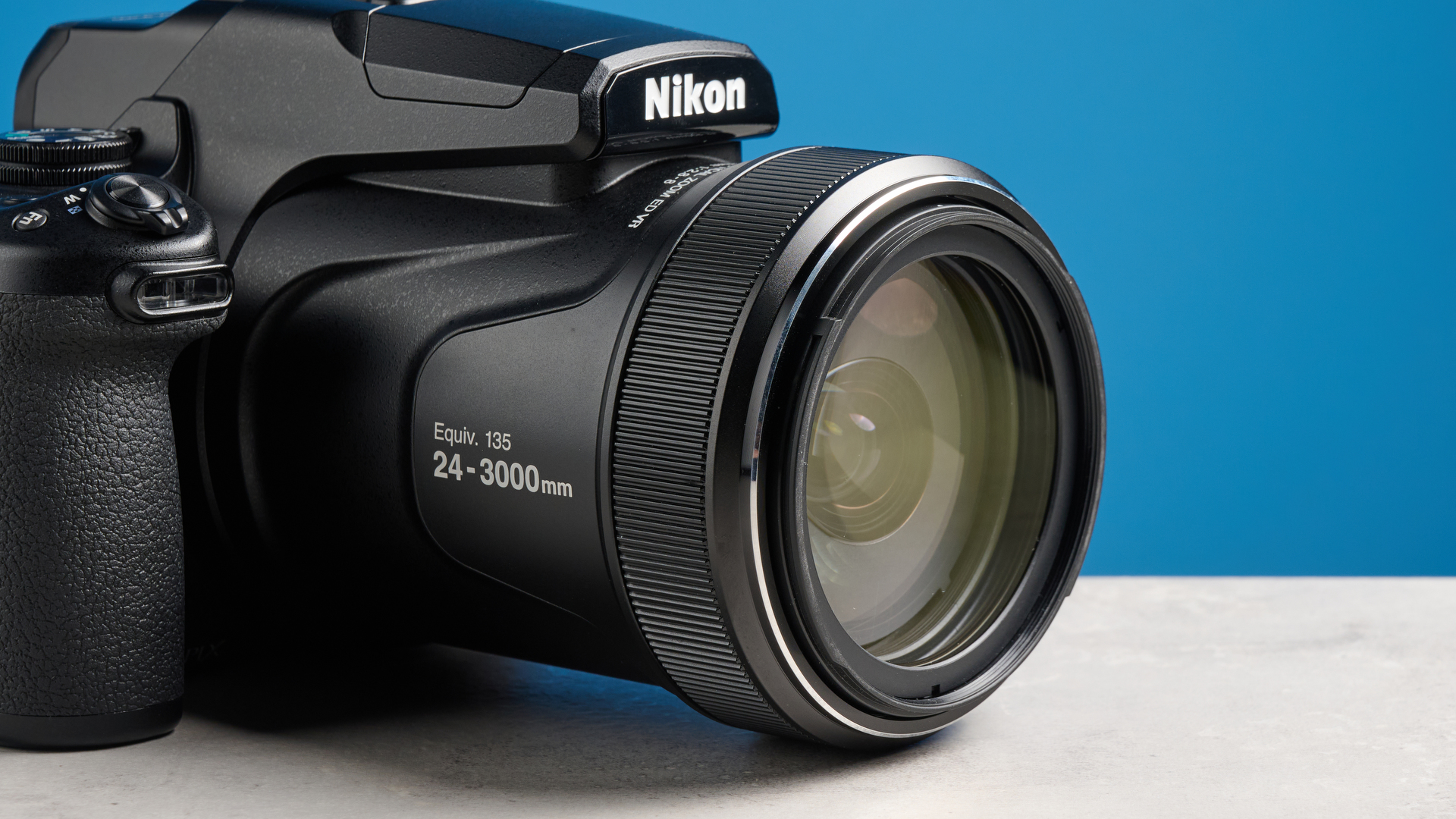
I found myself using the snap-back button frequently. It, of course, isn’t instant but it’s still very handy to have when you’re tracking a subject and then it moves.
Nikon Coolpix P1100 review: Autofocus
The Nikon Coolpix P1100 utilizes a contrast-detect autofocus system. It’s nowhere near best-in-class, and it feels outdated for a camera that came out in 2025. It features face detection but for humans only, and I find this to be a bizarre choice for a camera designed for wildlife photography. This means it can’t lock onto animals and birds — you know, the one thing it’s meant to do.
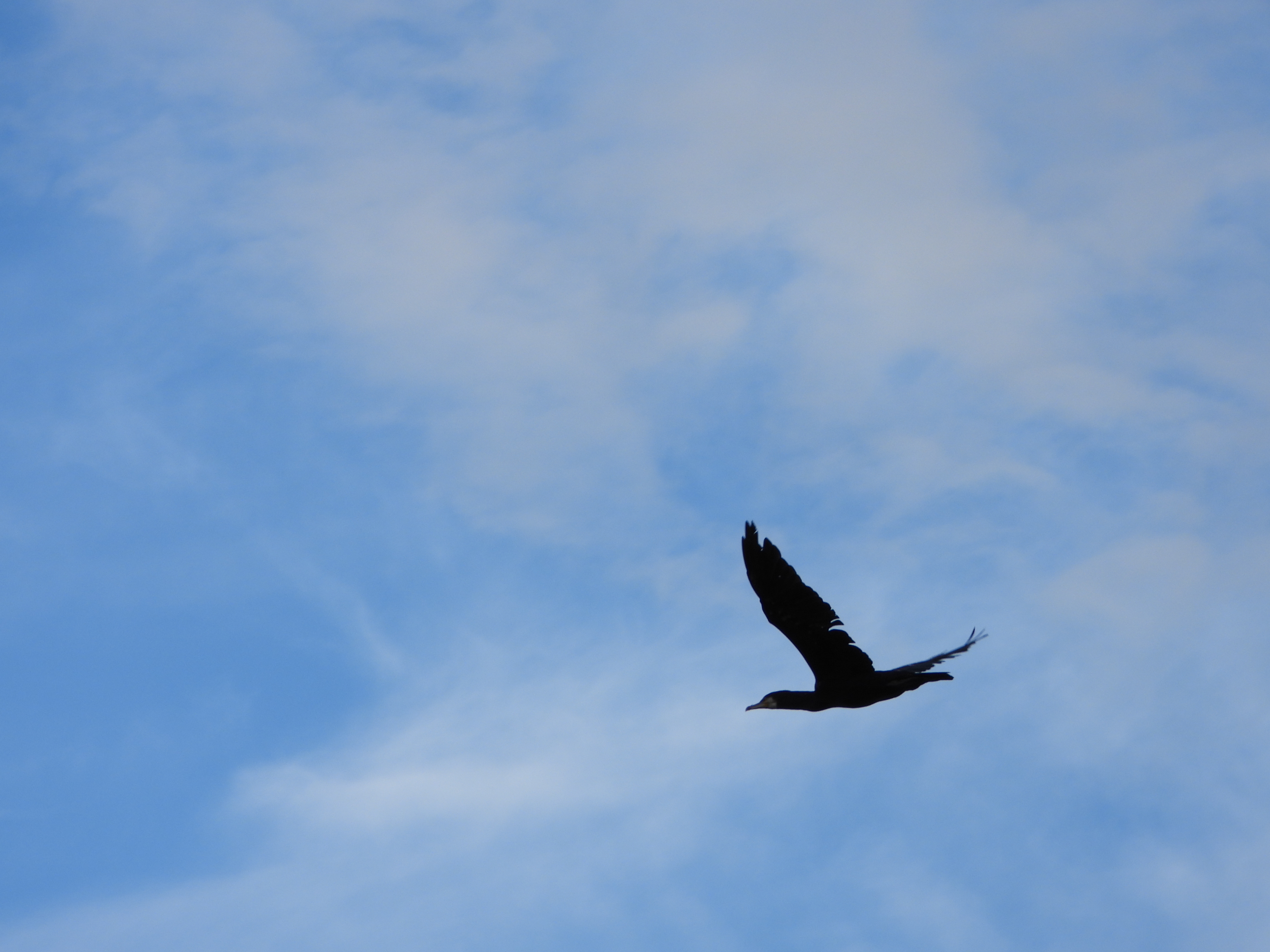
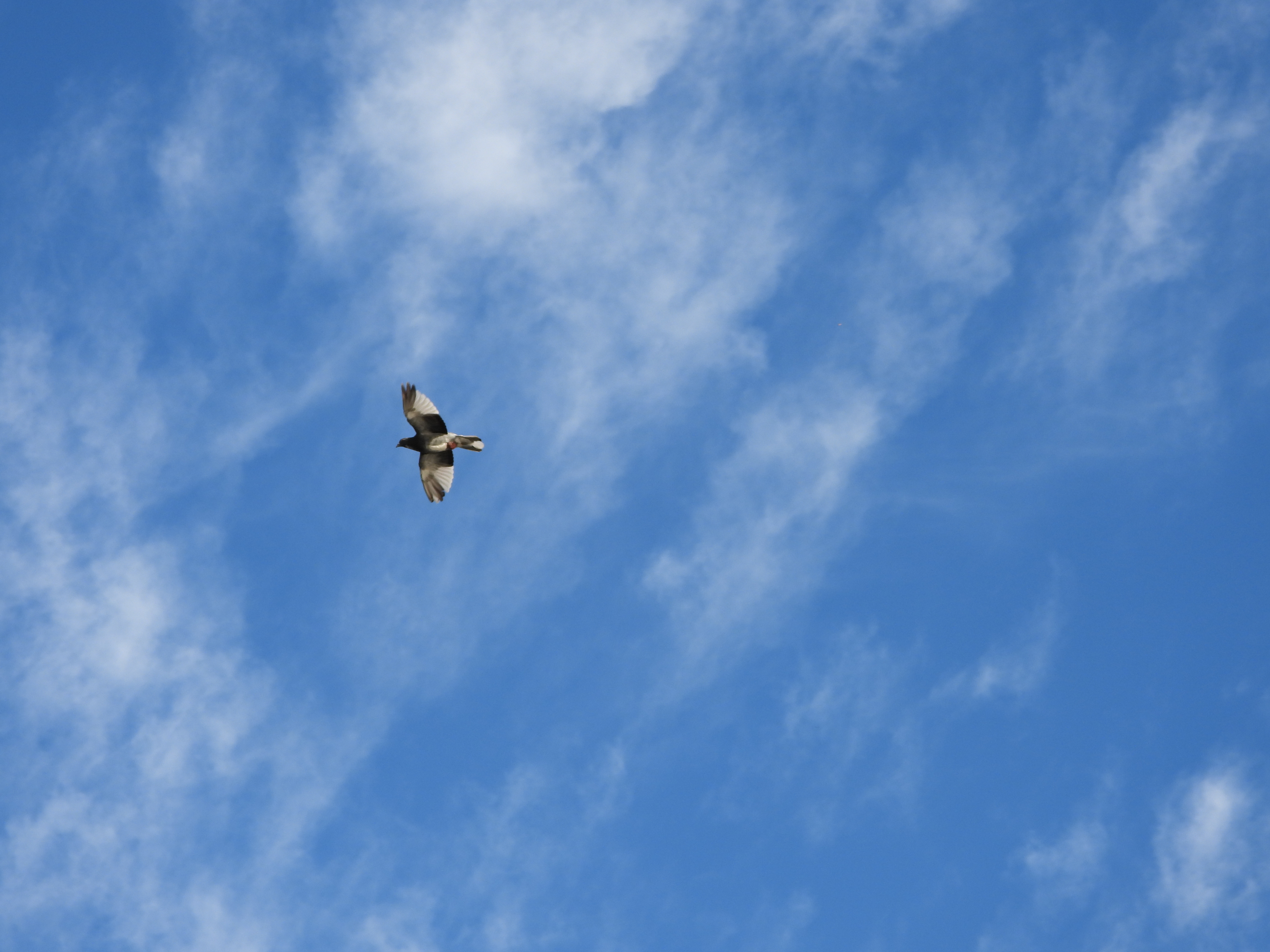
This means you have to be ultra-aware when photographing birds and animals, especially the ones that move quickly. Because there’s no animal subject detection, it proved slightly tricky for me to photograph birds in flight. A bunch of my photos were out of focus and pixelated.
The camera doesn’t feature Continuous AF either. Instead, you can choose between Single AF, Full-Time AF and Manual Focus. Full-Time AF is primarily designed for use in video, where the camera automatically tracks subject movement and is constantly focusing during recording.
Nikon Coolpix P1100 review: Stabilization
Unlike many of the best cameras which feature highly effective in-body image stabilization (IBIS), the Nikon Coolpix P1100 utilizes the brand’s Dual Detect Optical Vibration Reduction system. What this basically means is that with the Noise Reduction setting enabled, you can shoot up to four shutter stops slower than would otherwise be possible — and surprisingly, it works well!
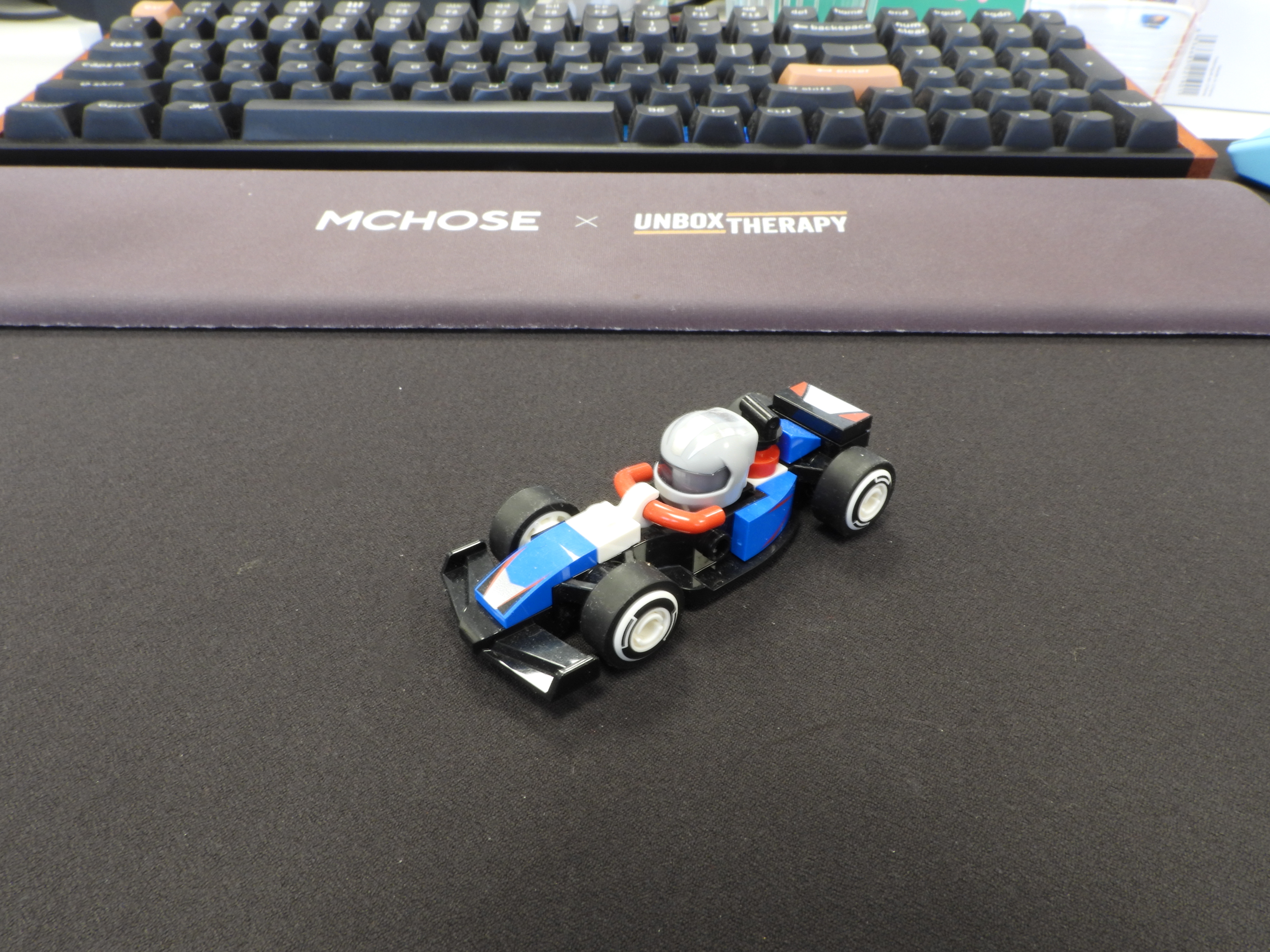
I was able to shoot at shutter speeds as slow as 1/2s, as you can see in the gallery above, but any slower than that and the result was blurry, impacted by camera shake. This is still very good.
Nikon Coolpix P1100 review: Image quality
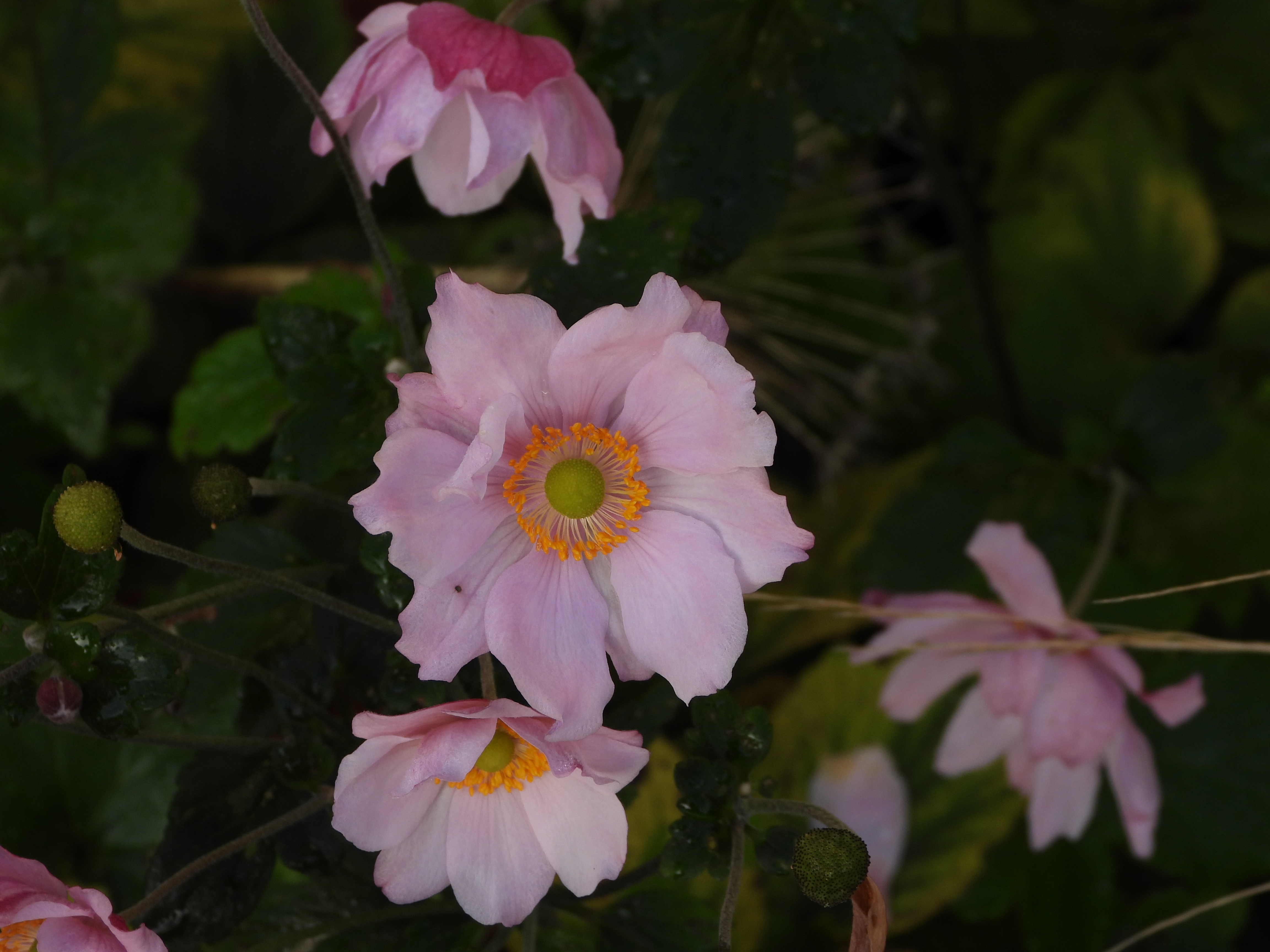
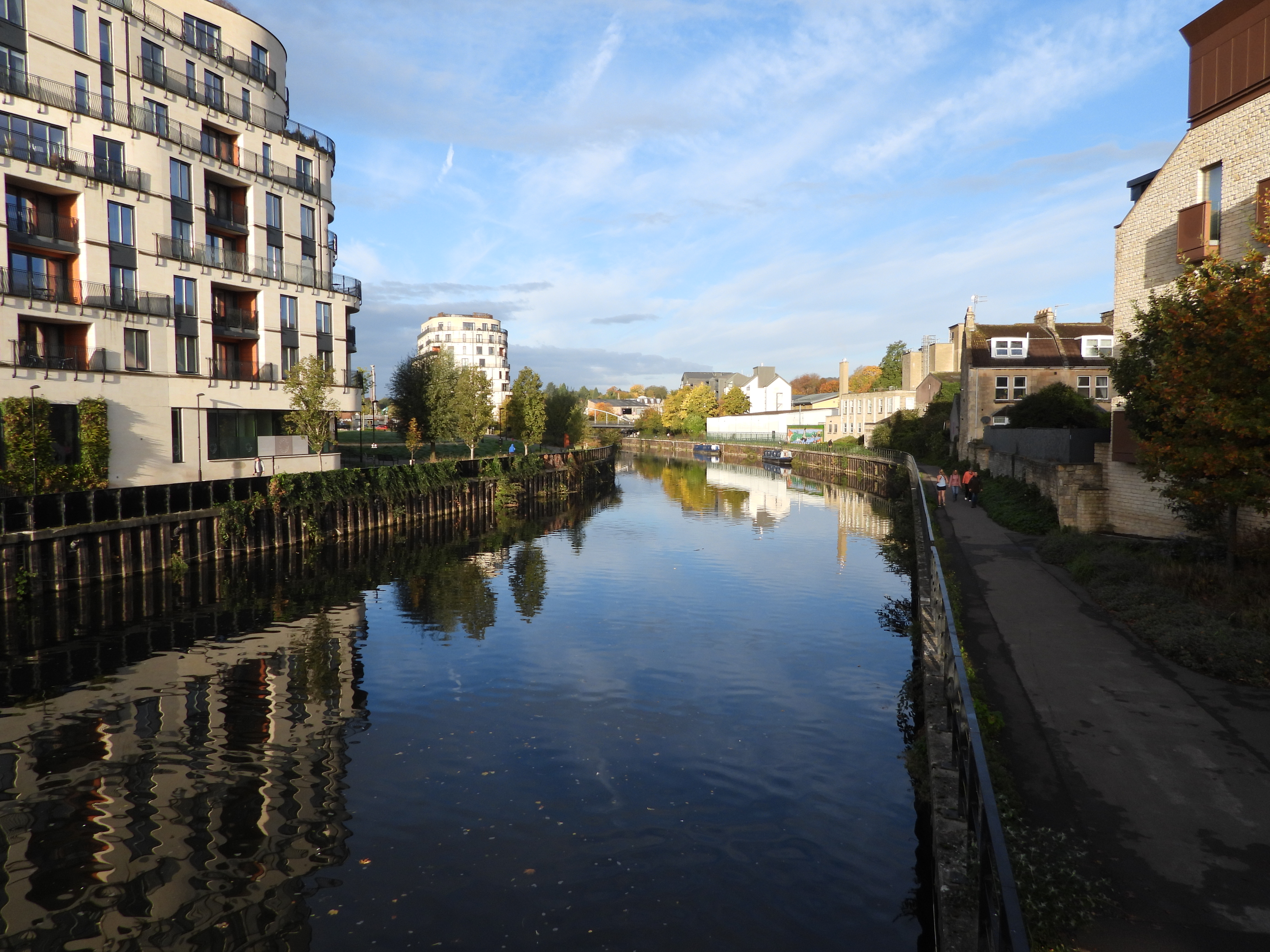
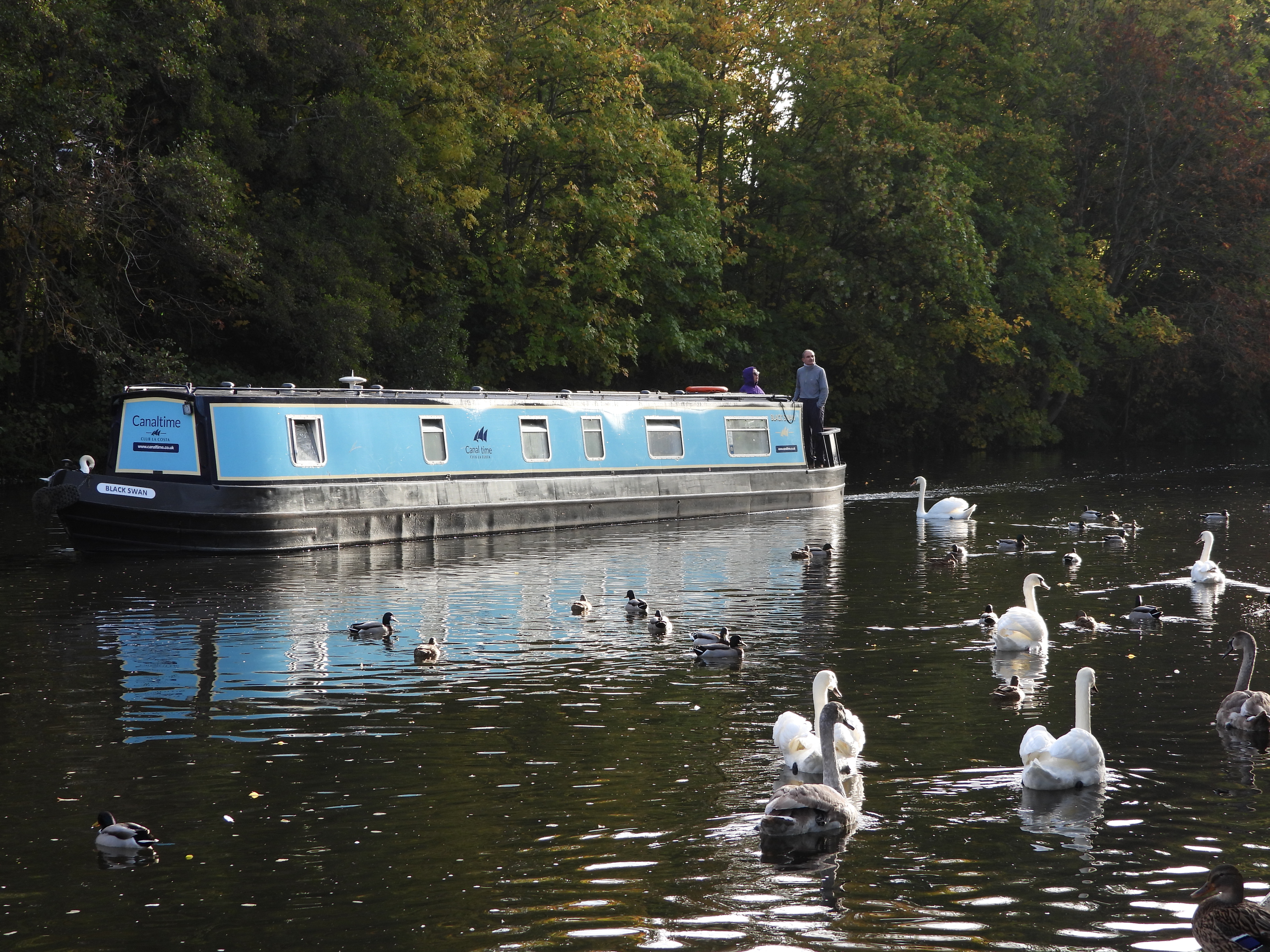
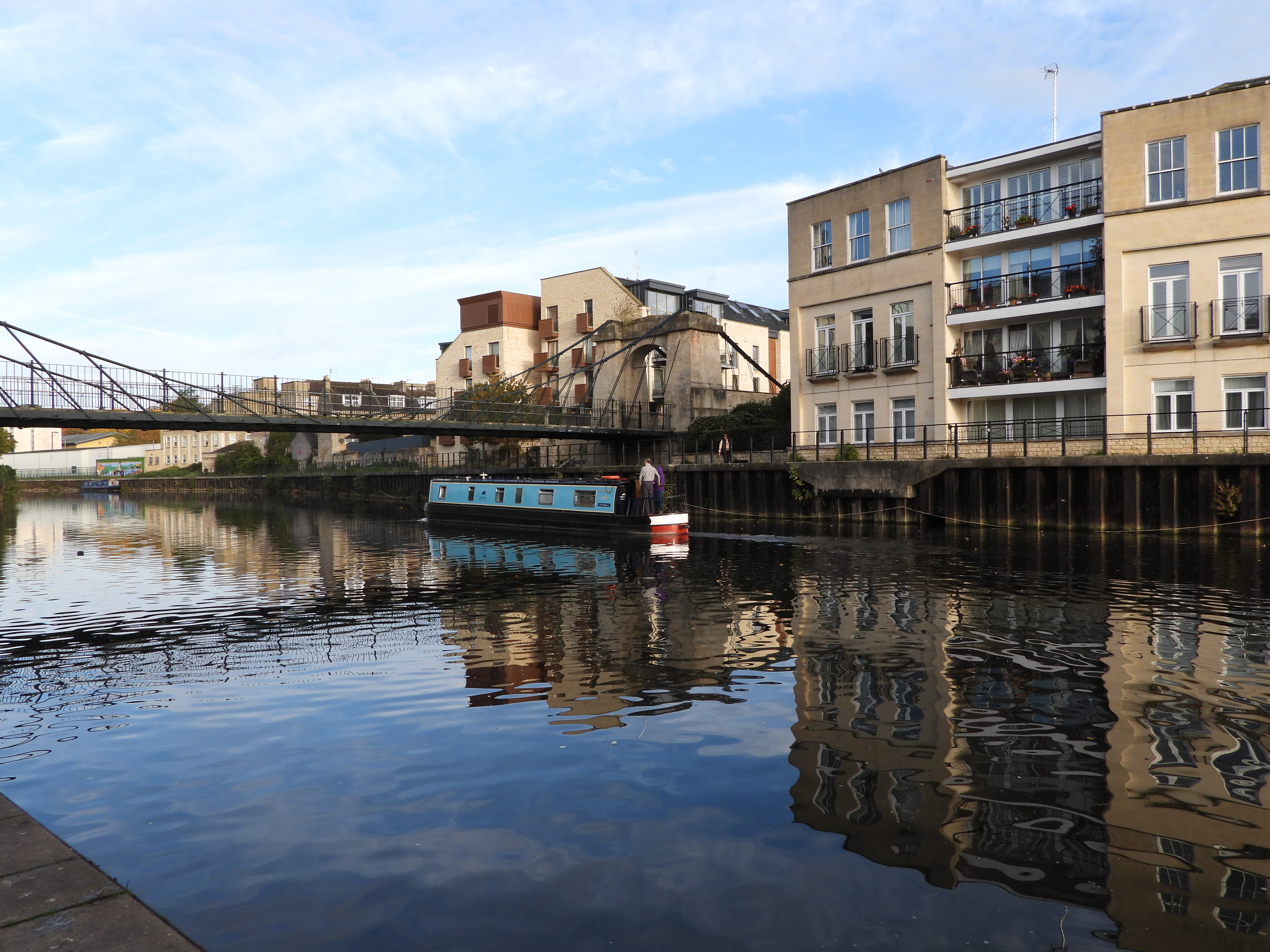
Although the camera itself is bulbous, the Nikon Coolpix P1100’s sensor is rather small. It’s a 1/2.3-inch CMOS sensor that takes 16MP images. The smaller sensor also means that the ISO range is limited to just 6400, and I’ll discuss that in detail soon. Images taken on the Coolpix P1100 are slightly hit-or-miss due to the small sensor, but most of the images I took with it turned out well with accurate color reproduction, as you can see above.
But of course, this is a camera designed specifically for bird photography. The Bird Watching mode, accessible via the Bird icon on the mode dial, uses a small central focus point and remaps the OK button to zoom the lens to a setting between 500mm and 3000mm, and it works great (but it disables RAW capture). I’ve thoroughly enjoyed using this mode to capture swans, ducks, pigeons and cranes.
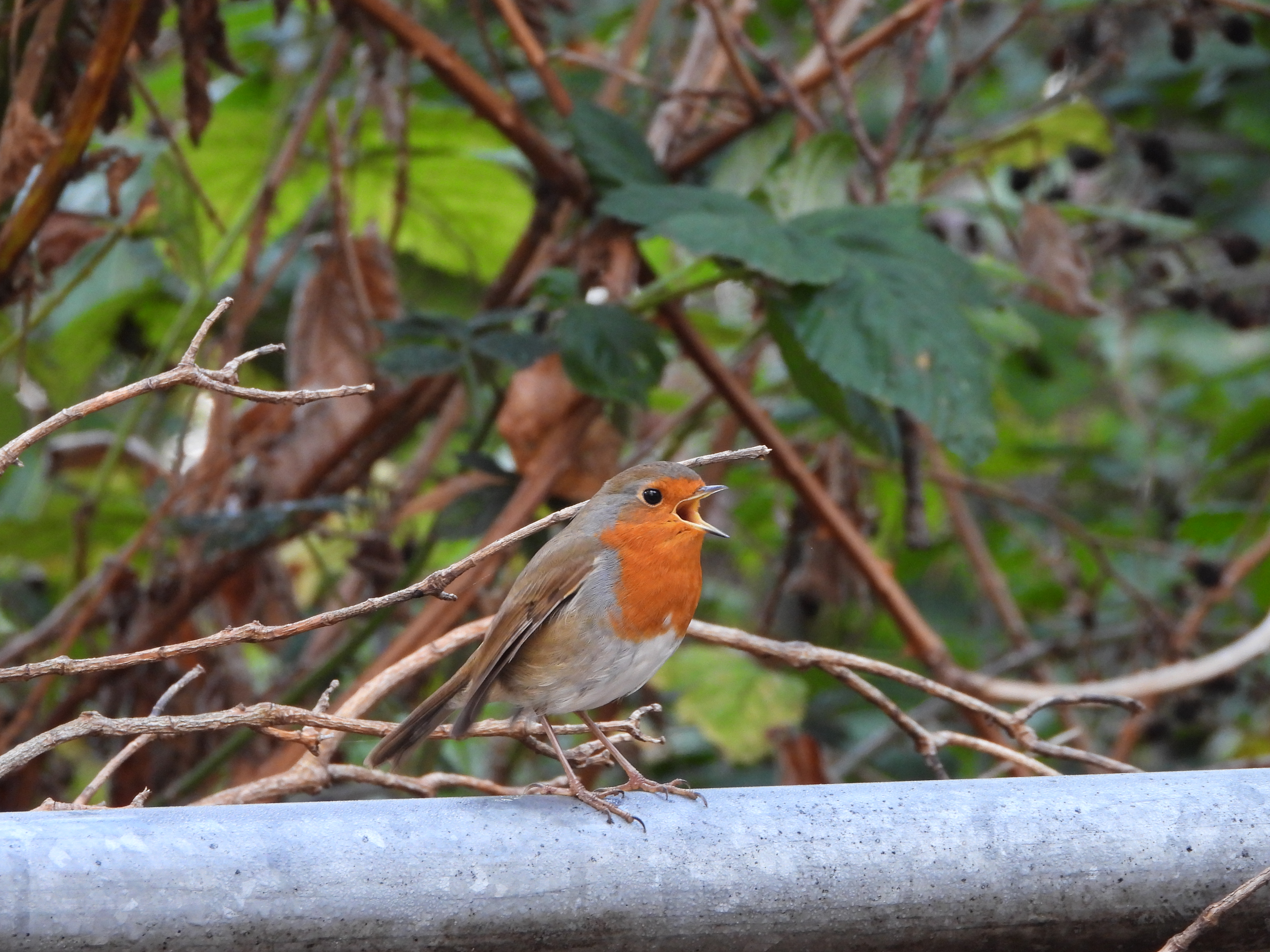
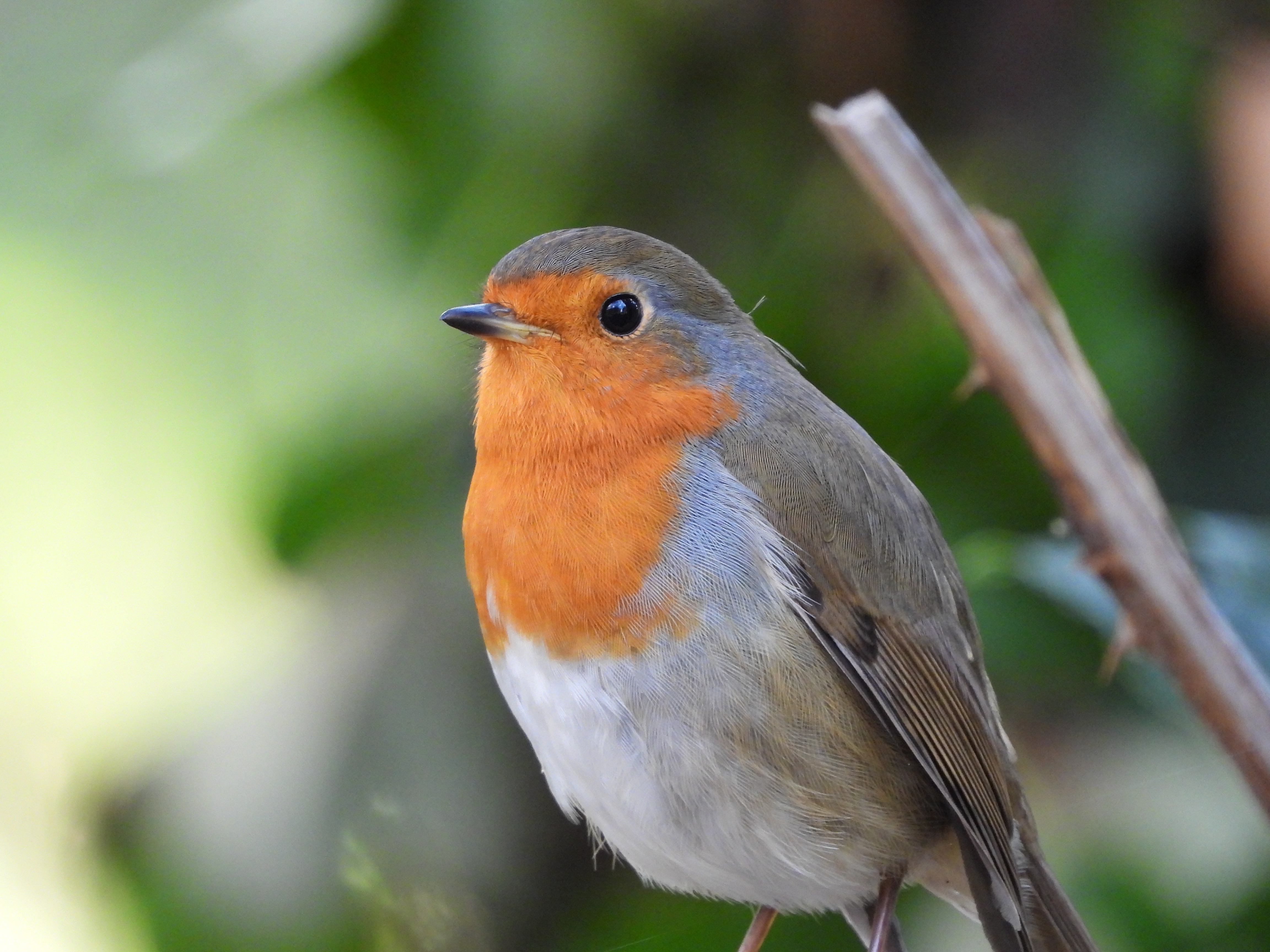
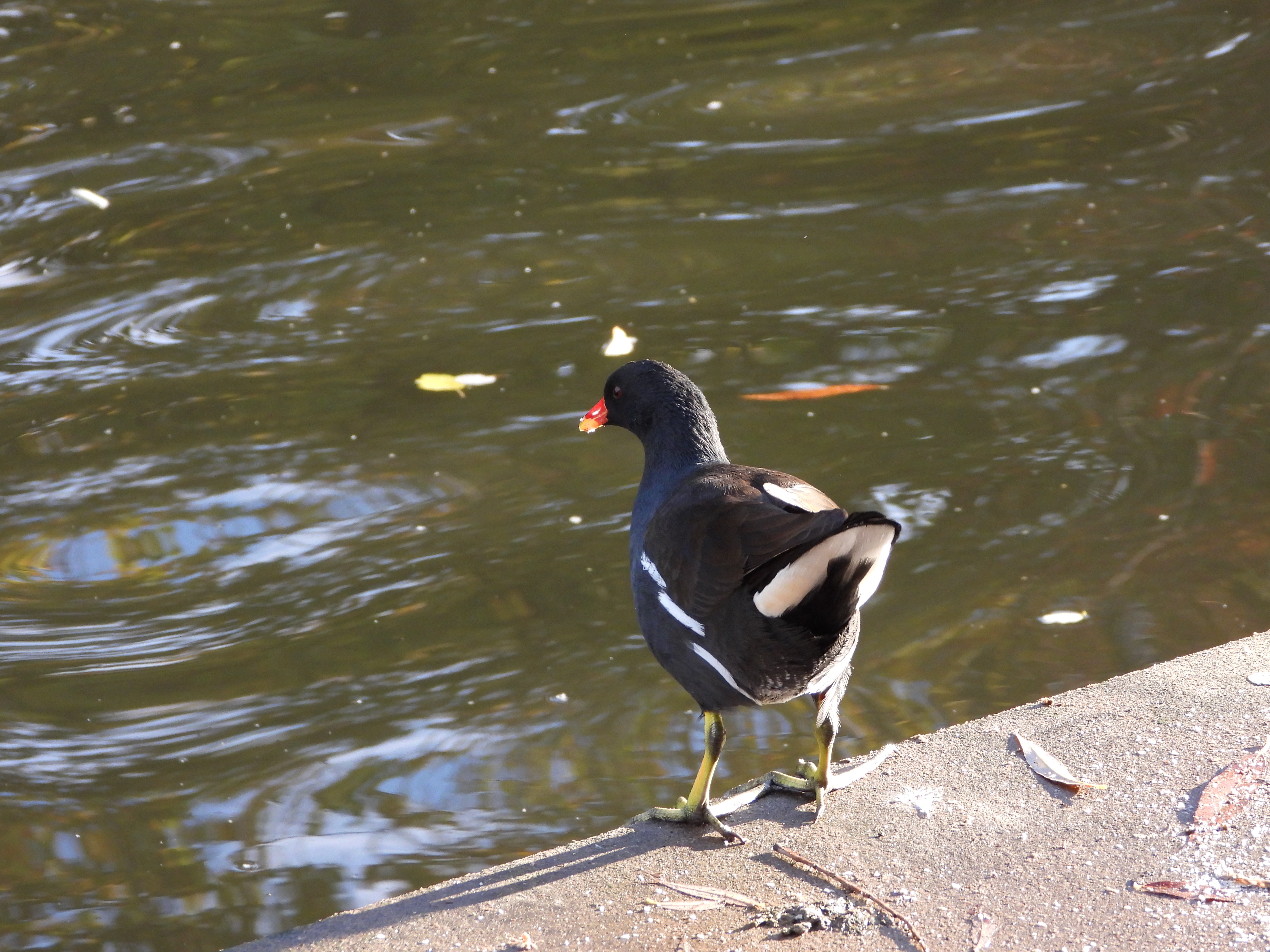
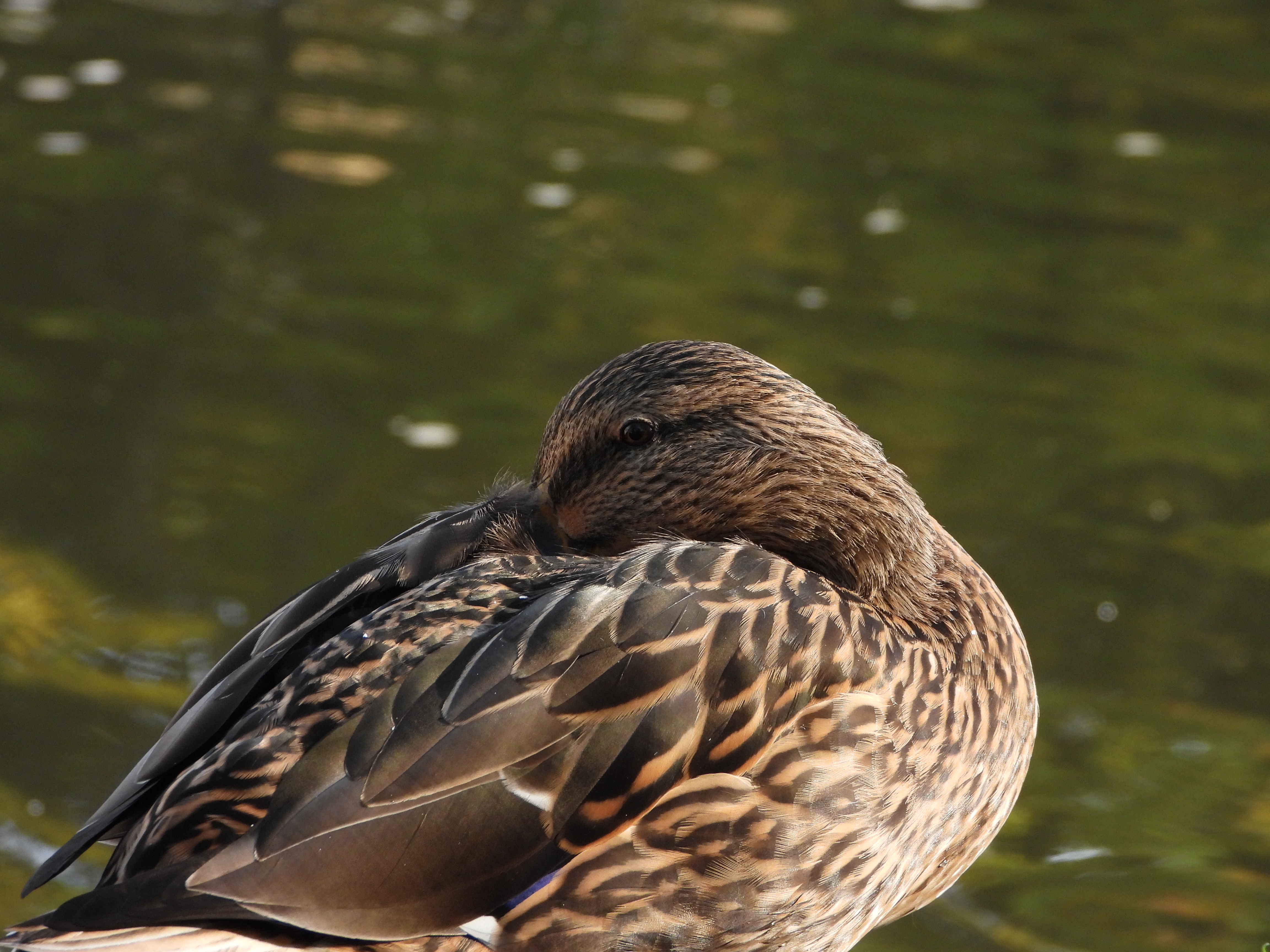
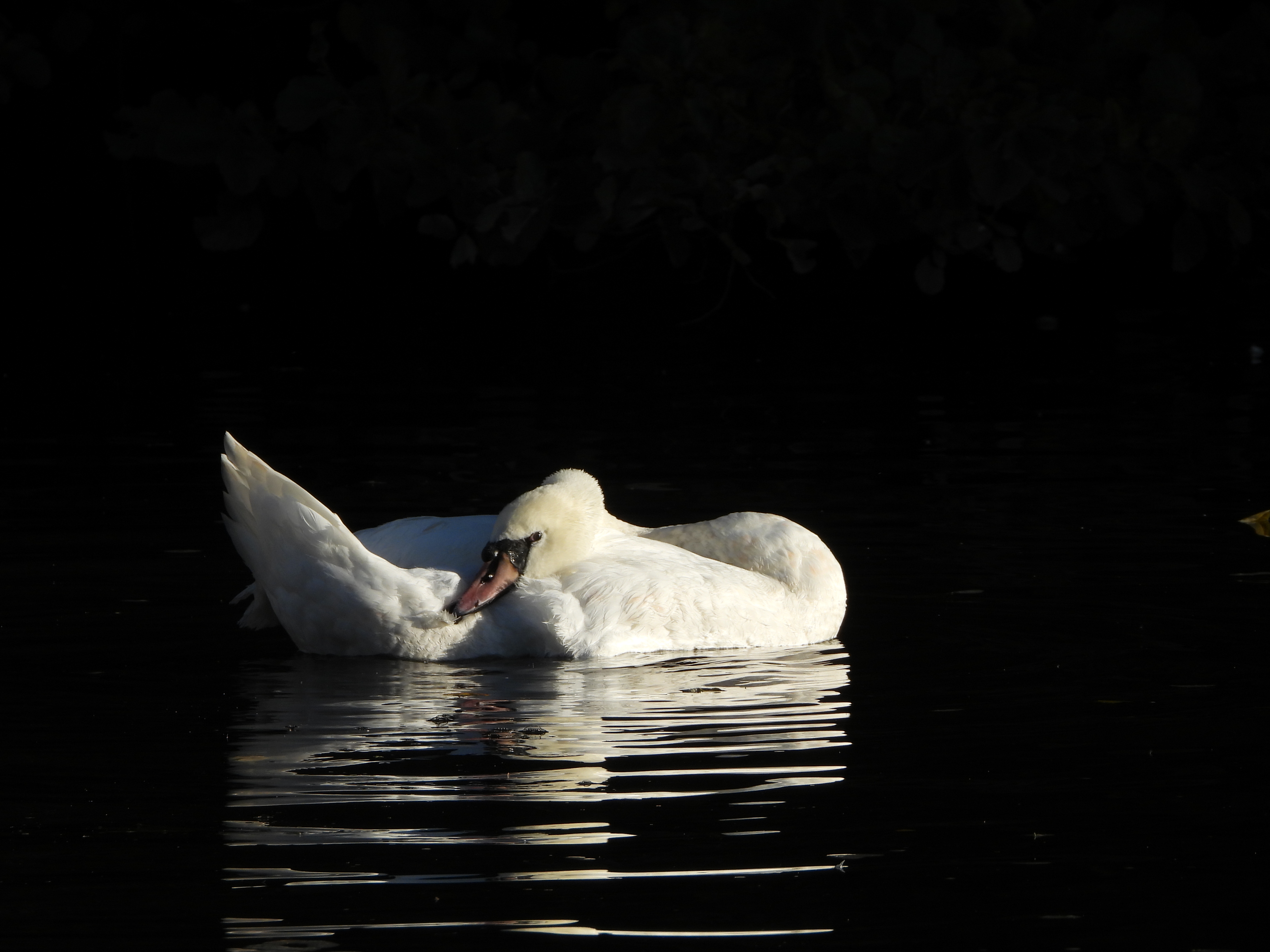
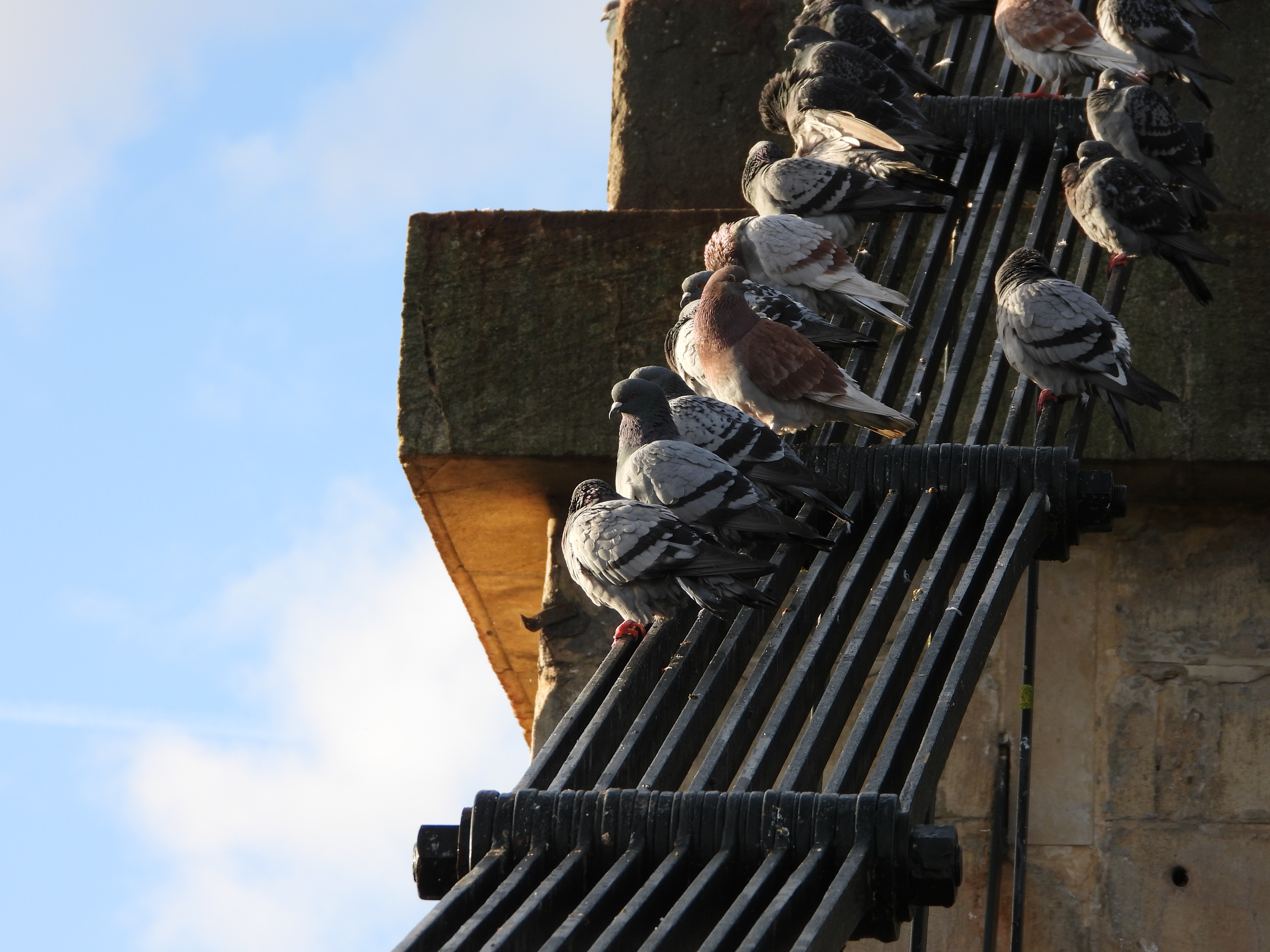
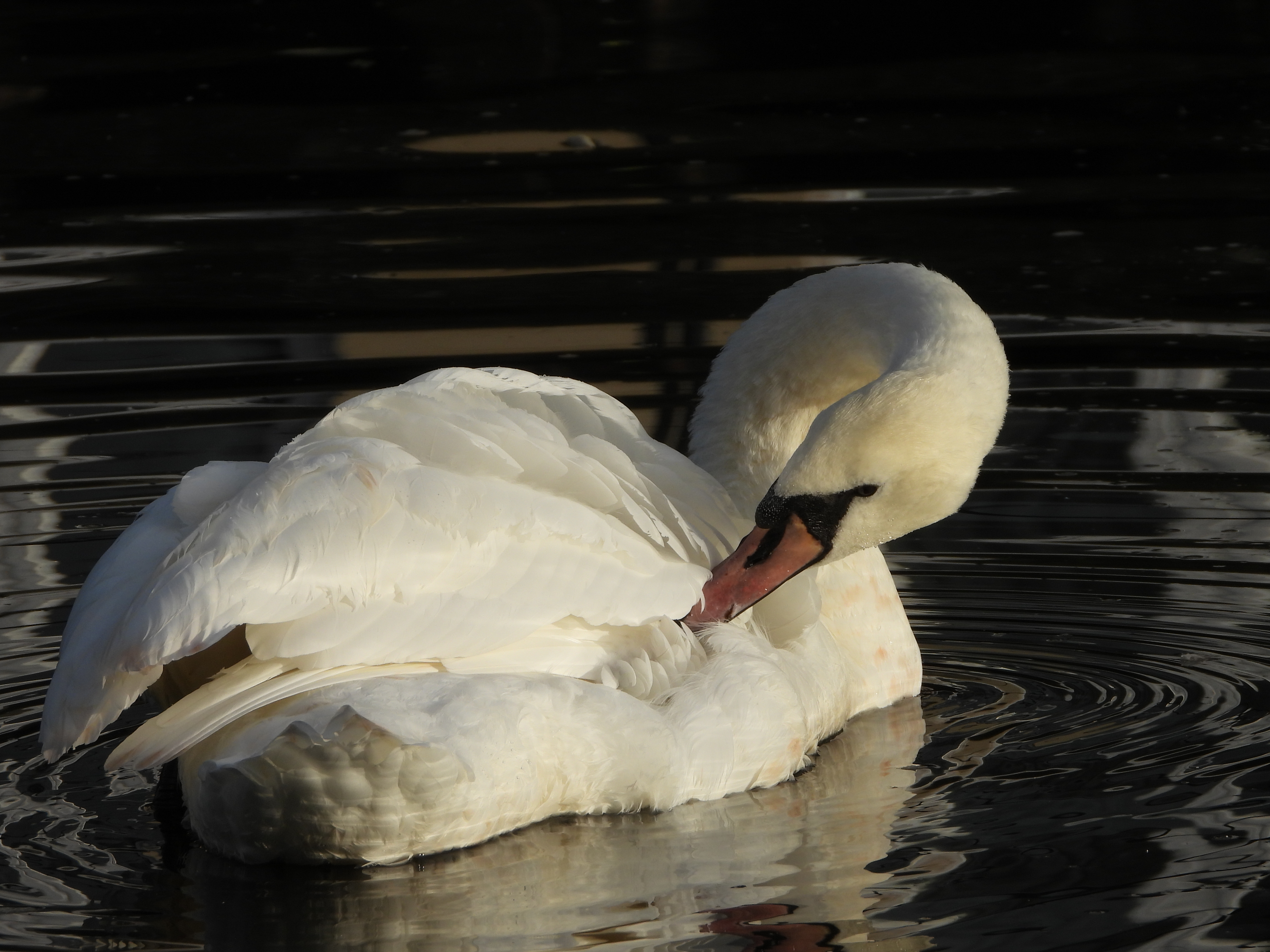
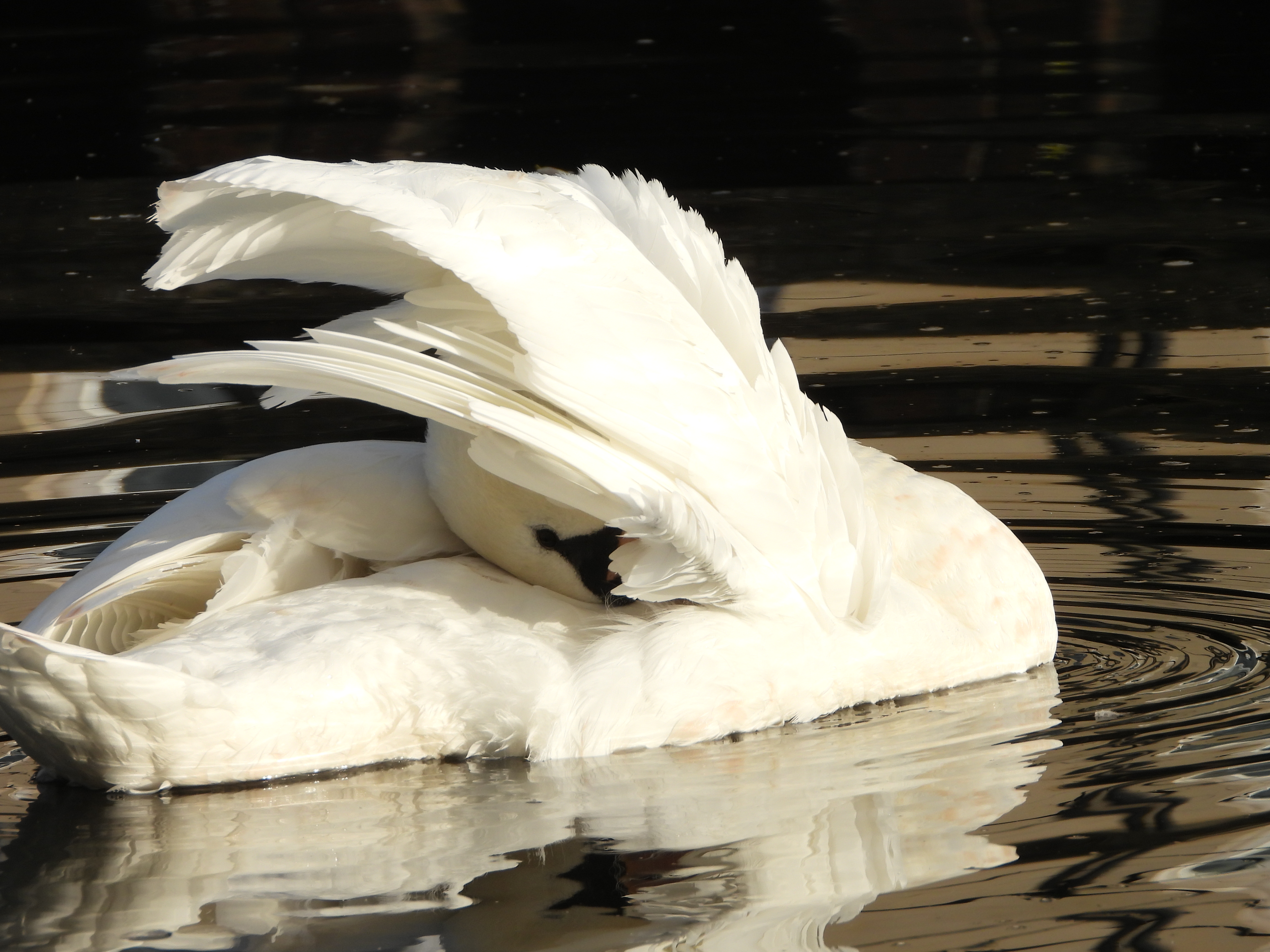
You can see a selection of images in the gallery above. I love how the colors have come out, and the amount of detail the camera has captured, even with the modest 16MP sensor. Thanks to the long zoom capabilities, I didn’t need to physically get close to the birds so I could leave them undisturbed and respect their personal space.
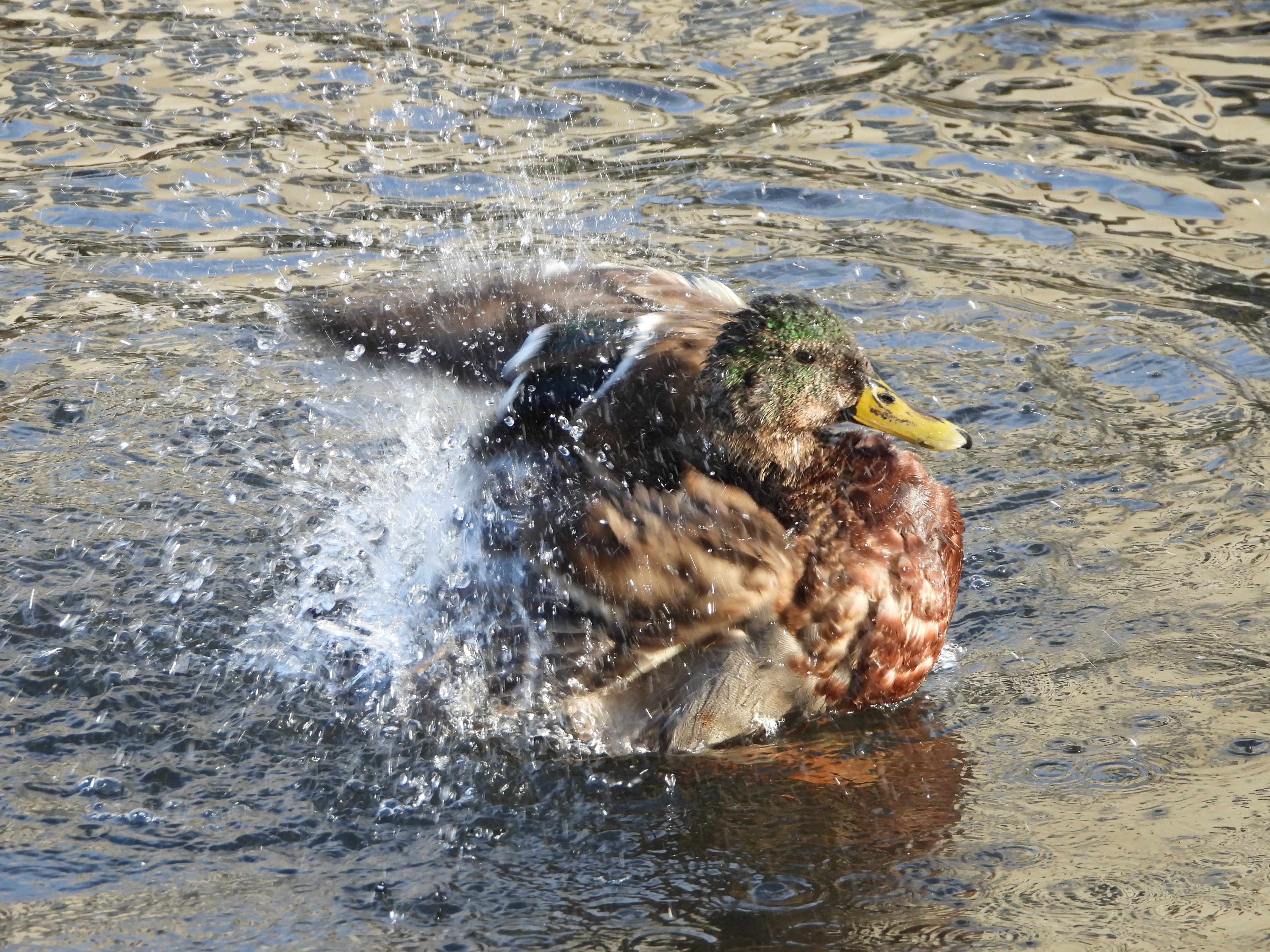
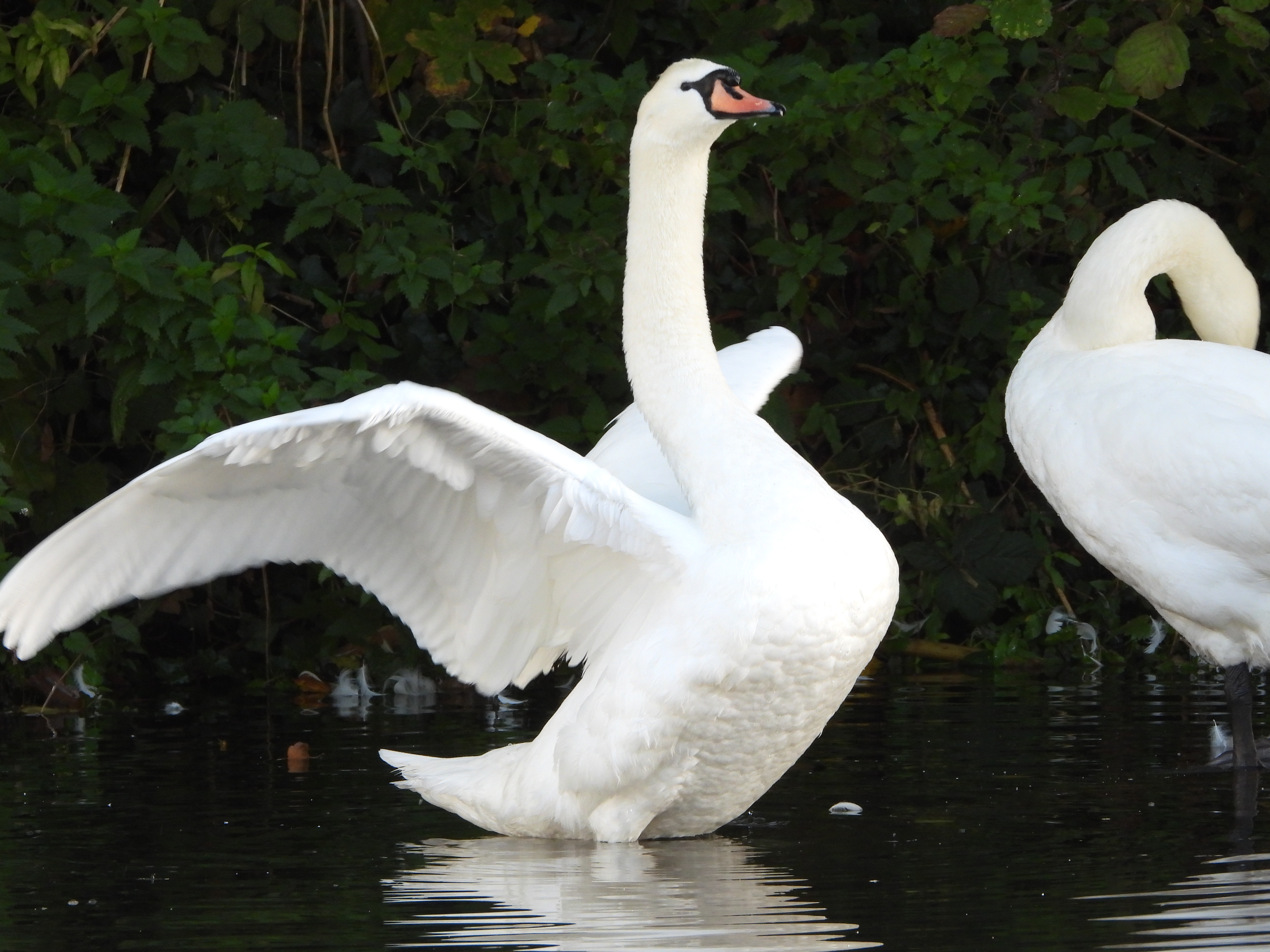
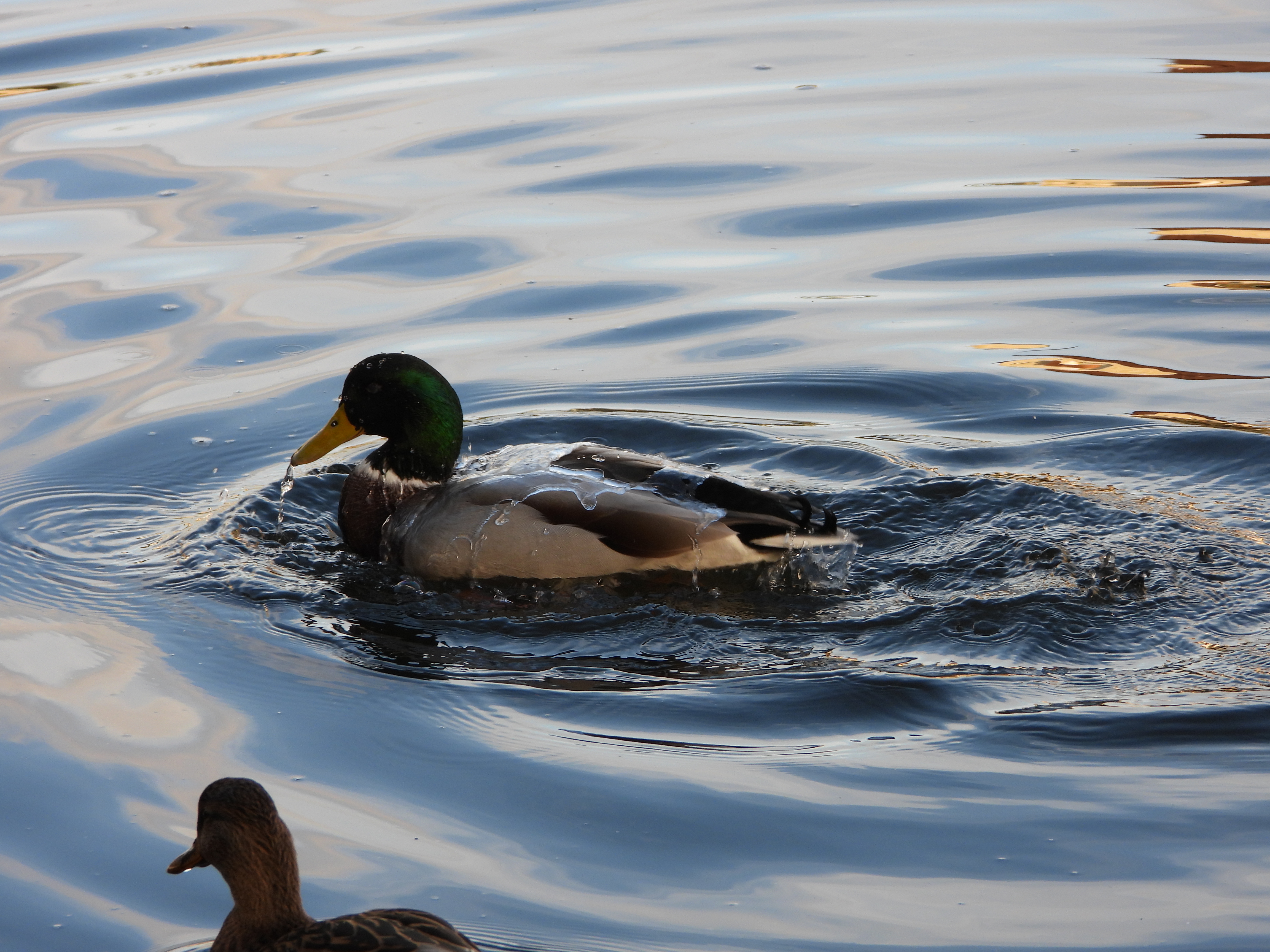
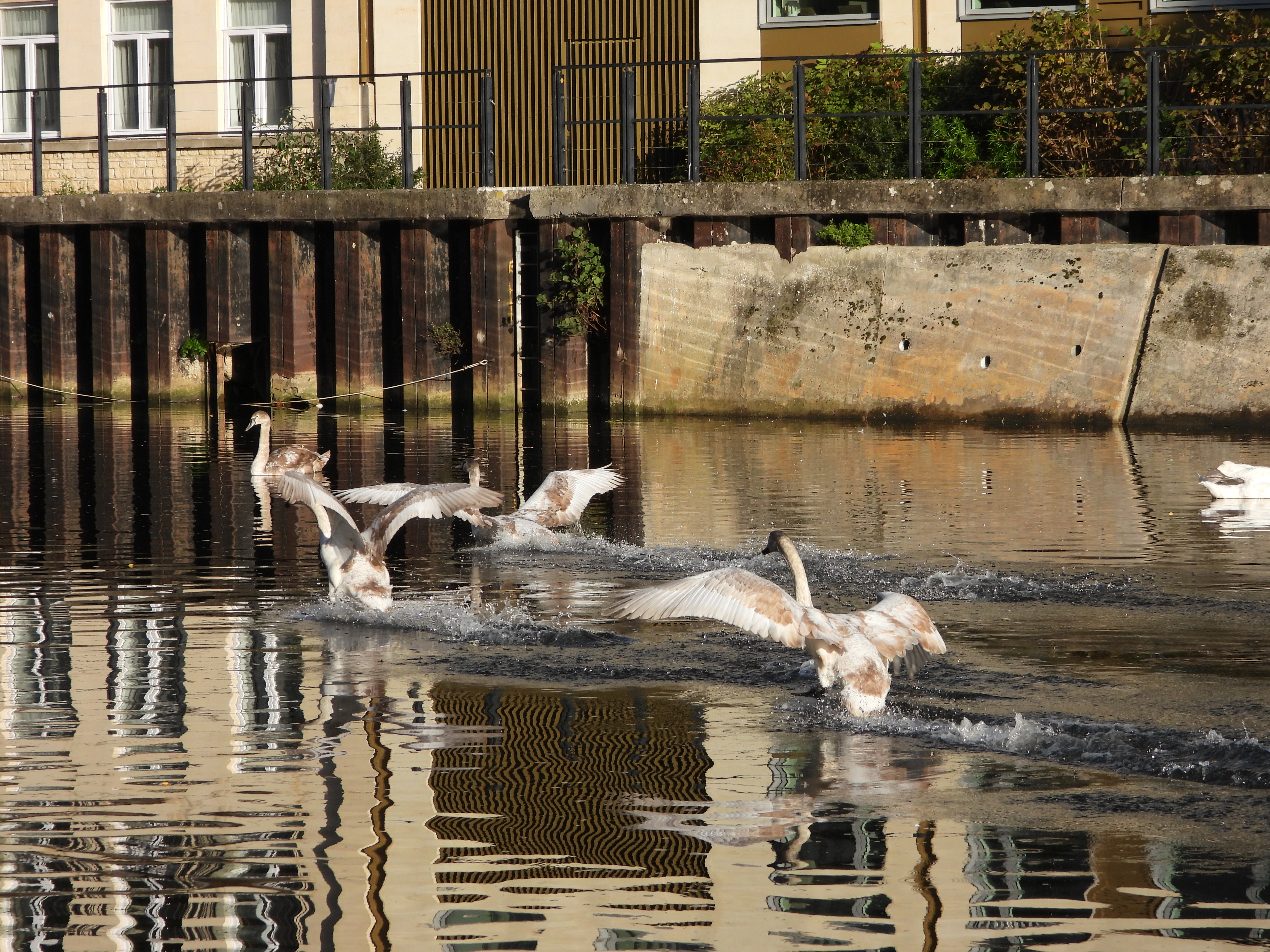
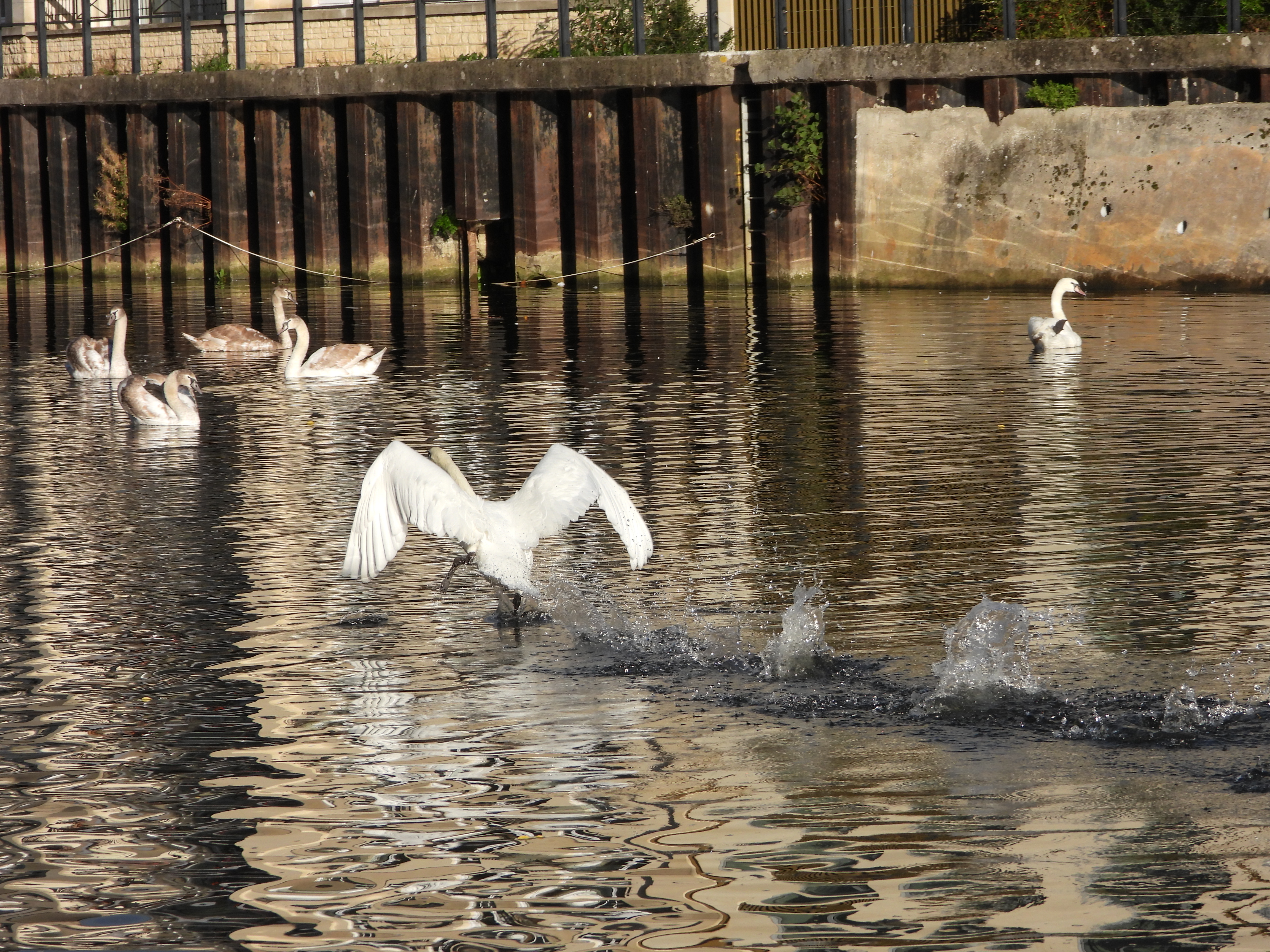
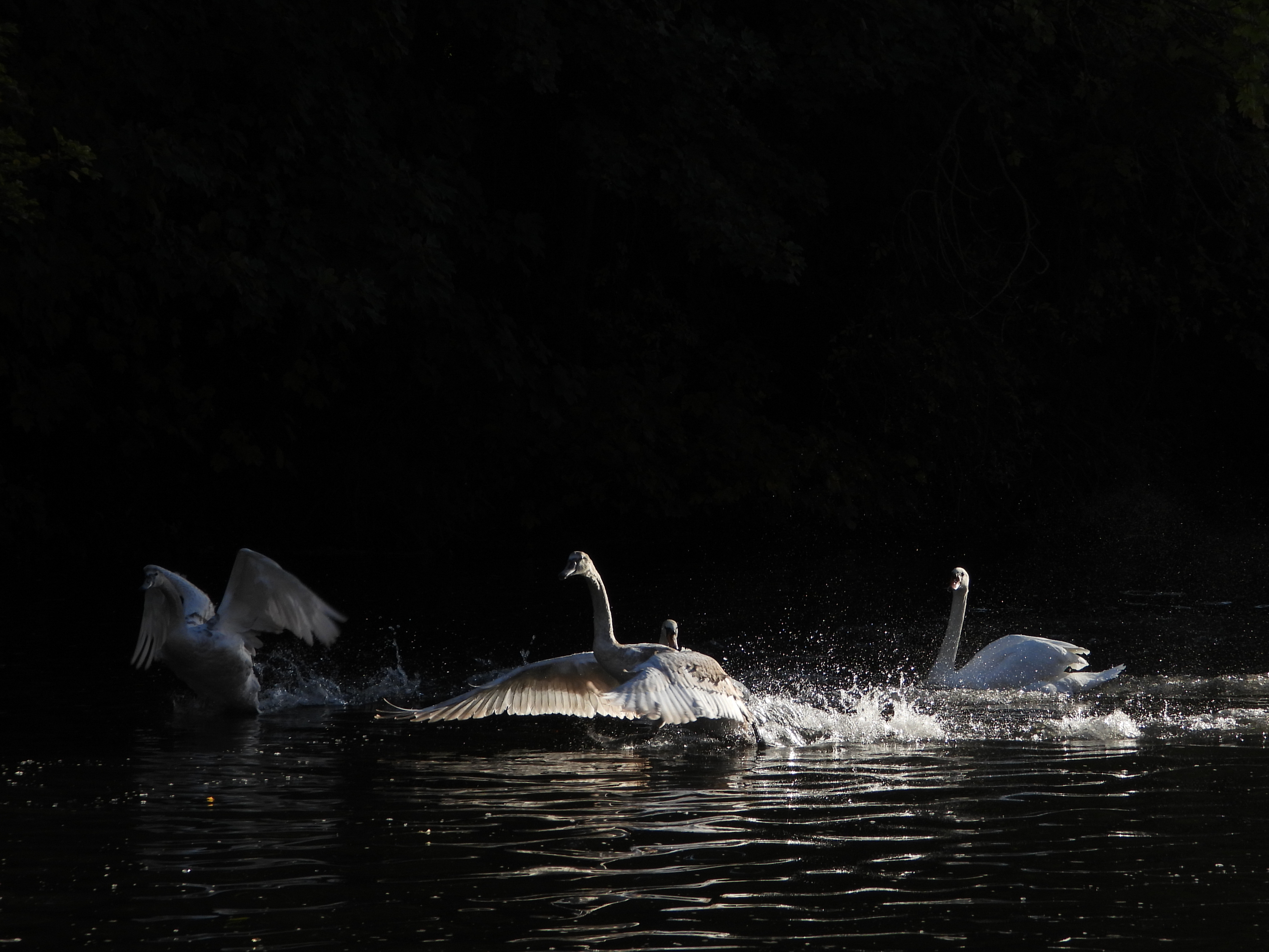
Putting the Coolpix P1100 into Bird Watching mode also automatically toggles the continuous 7fps drive, so you can keep the shutter button pressed and the camera will capture seven frames. I found this handy for capturing birds in action, such as flapping their wings, taking off and landing, diving into the water, etc., as you can see in the gallery above.
The first photo of the duck flapping its wings with the water splashing around is one of my favorites, as is the last photo of the cygnets taking off. The last photo, especially, looks dramatic and theatrical to me, and I love it.
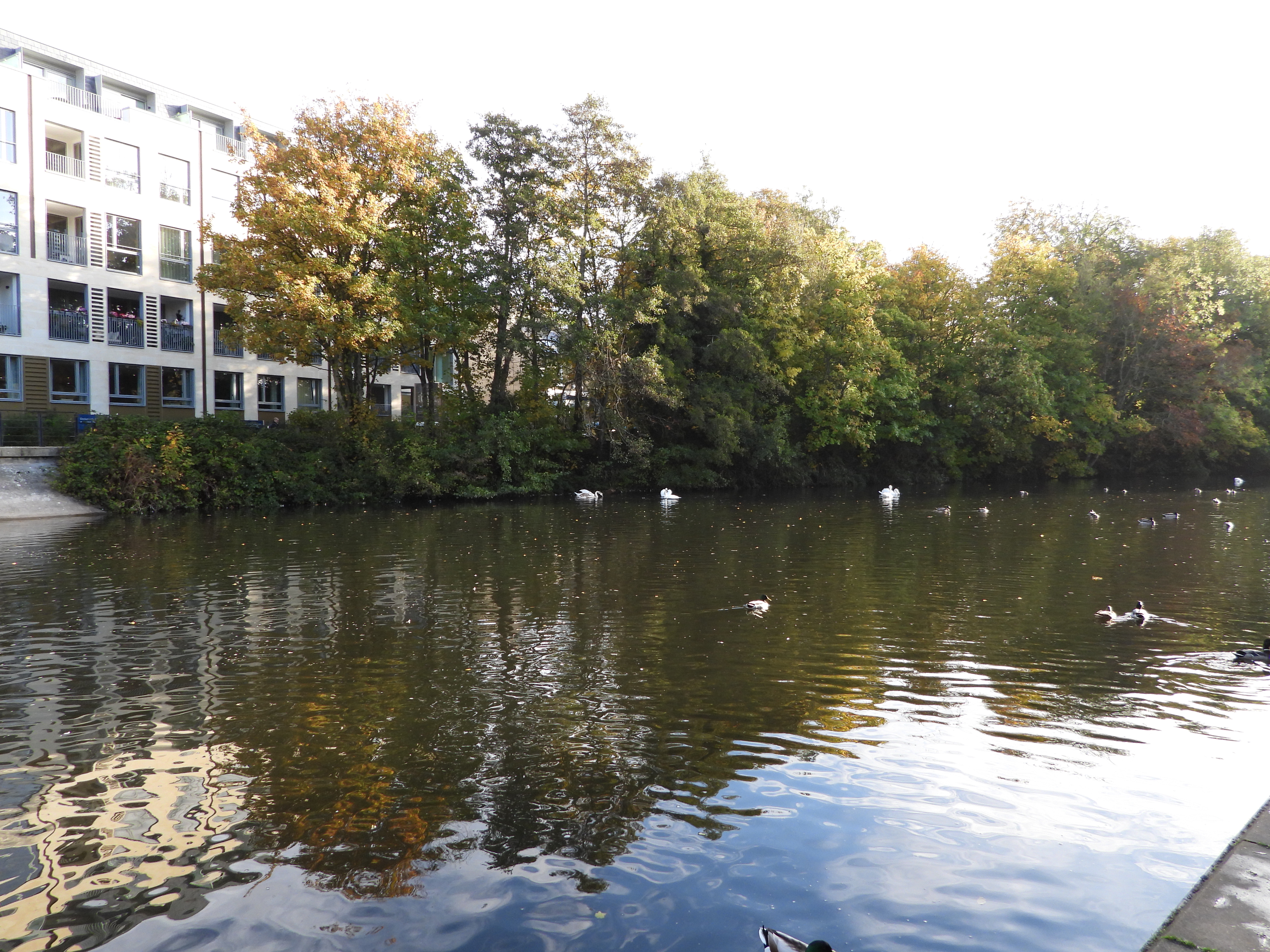
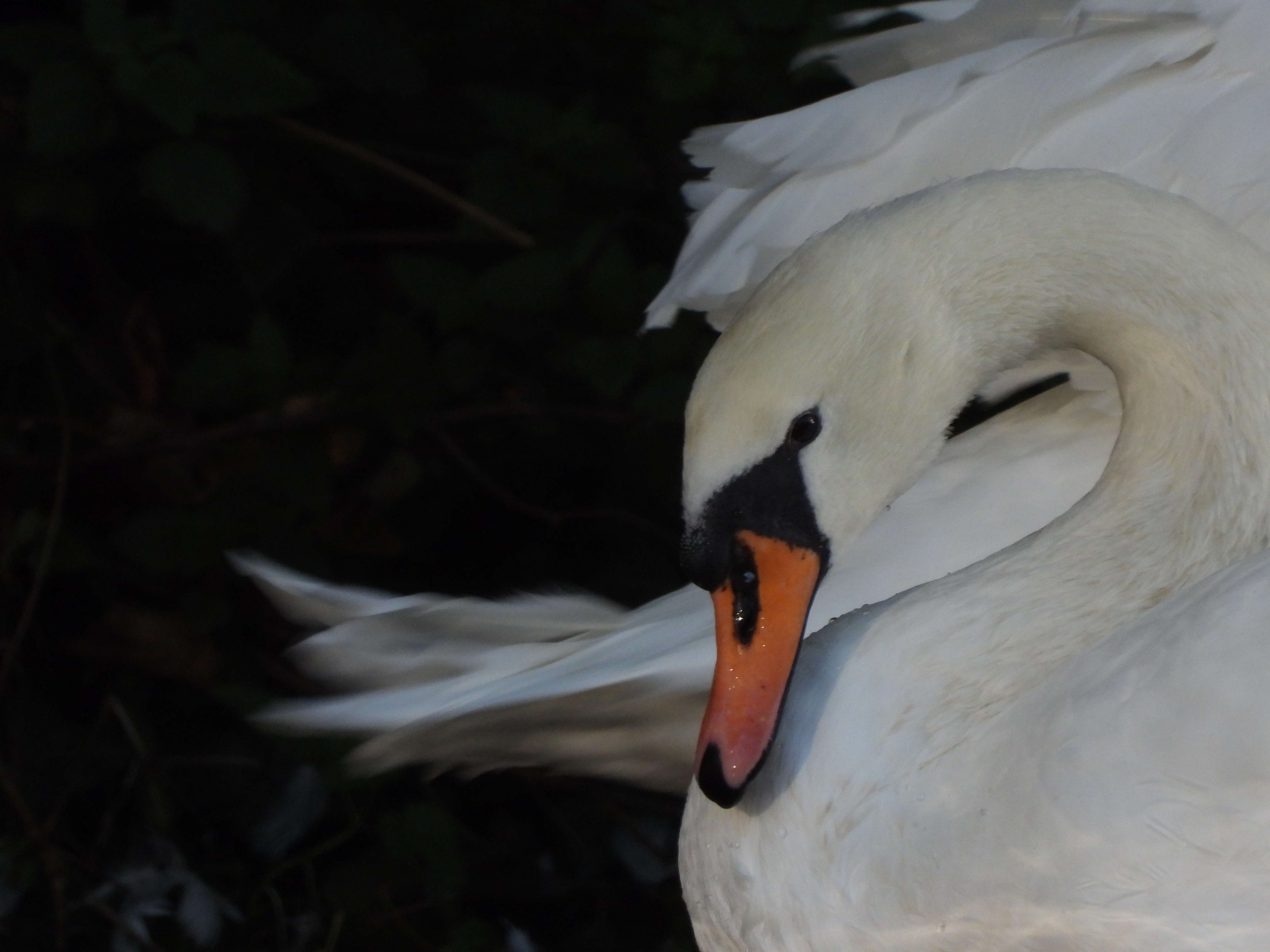
The actual focal length of the Coolpix P1100’s lens is 4.3-539mm, which equates to 24-3000mm on a full frame camera through a whopping 125x optical zoom. You can see the difference between photos taken at 24mm and 3000mm in the gallery above. You can really get up close and personal with wildlife without disturbing them.
The Coolpix P1100 also utilizes a 4x digital zoom which pushes its effective focal length even further to a massive 6000mm. You need to enable Dynamic Fine Zoom in the settings to achieve this. What this essentially means is that once the camera has reached 3000mm, it applies a 4x digital zoom and starts cropping to achieve 6000mm.
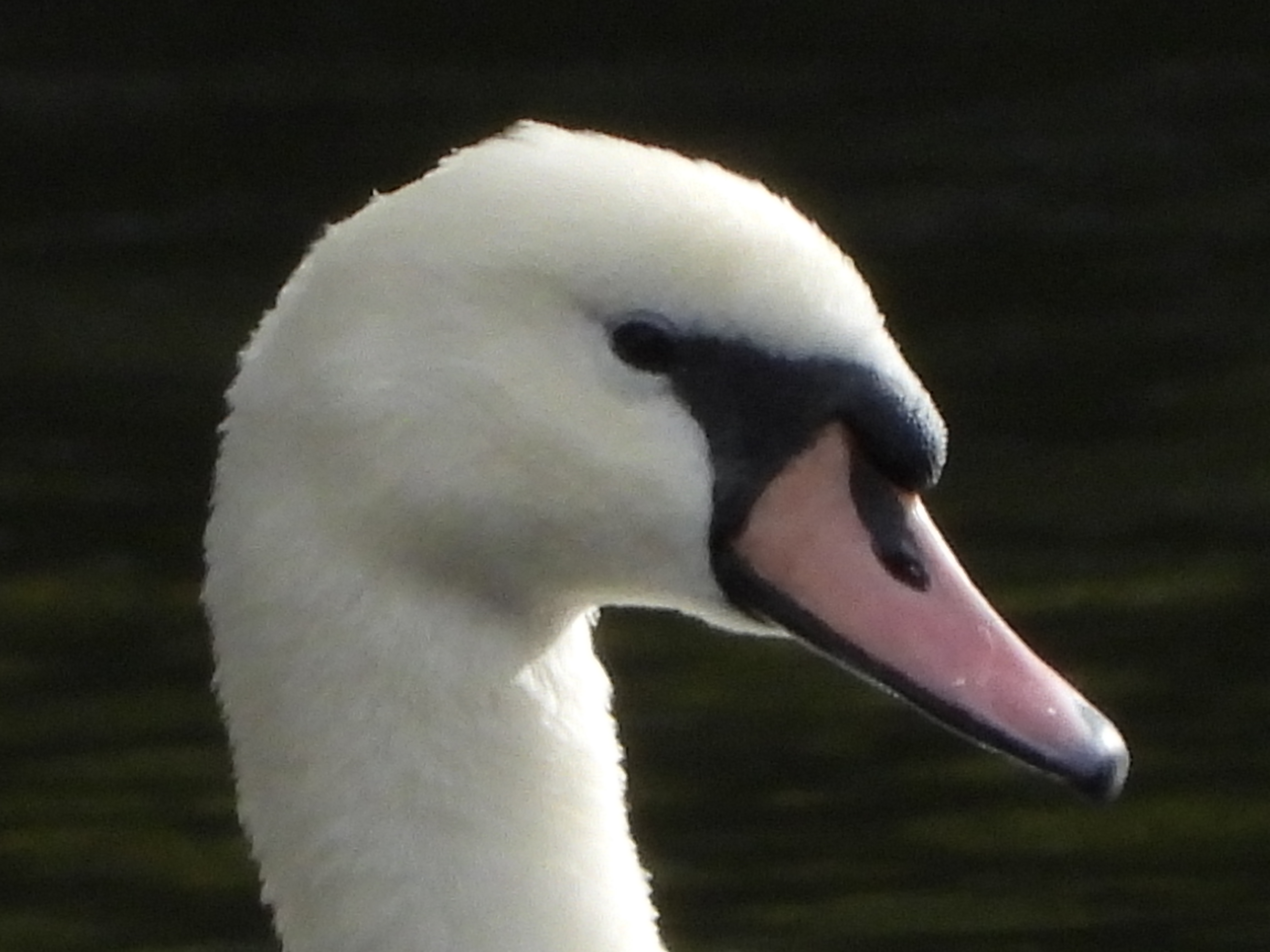
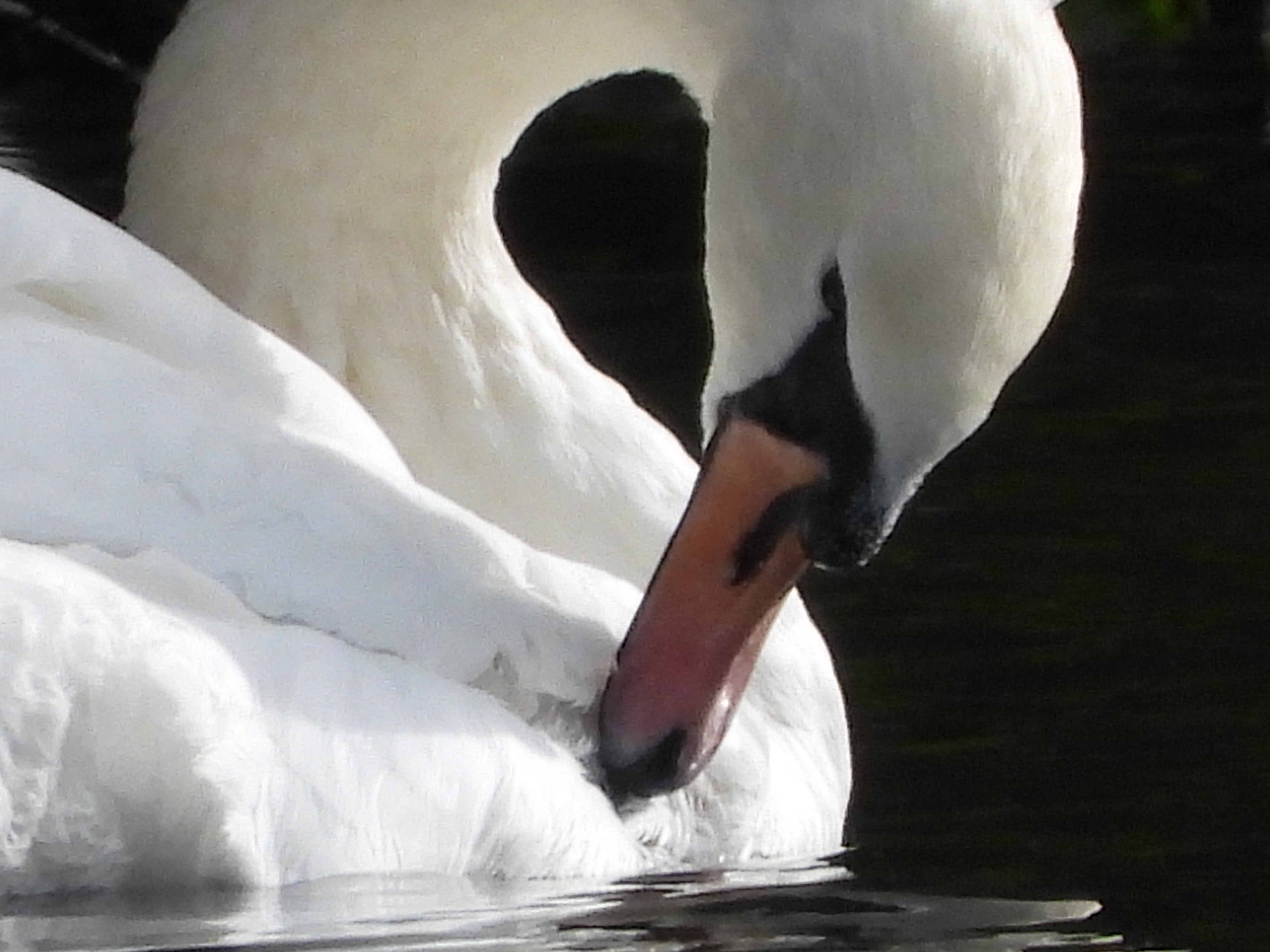
This, of course, detrimentally impacts image quality as you're cropping into an already modest 16MP and losing resolution. As you can see in the gallery above, there is a loss in sharpness and the images appear pixelated. This is because digital zoom electronically crops the edges of the image and enlarges the remaining pixels, unlike optical zoom. I’d recommend sticking with primarily the 3000mm effective focal length, as the photos I’ve taken at it have turned out far better.
You’re best off using a tripod when shooting at 6000mm, too, as even the slightest movement can impact the shot and you can lose your subject.
The Coolpix P1100 has a dedicated Moon photography mode too but unfortunately, I haven’t been able to test that due to moon-less and overcast, cloudy nights consistently during the loan period.
ISO performance
As I mentioned up top, the Coolpix P1100’s ISO range is limited to just 6400, so it doesn’t give you much headroom when shooting in low-light environments. Because the camera also has a small 1/2.3-inch sensor, photos shot at high ISO values aren’t sharp or detailed.
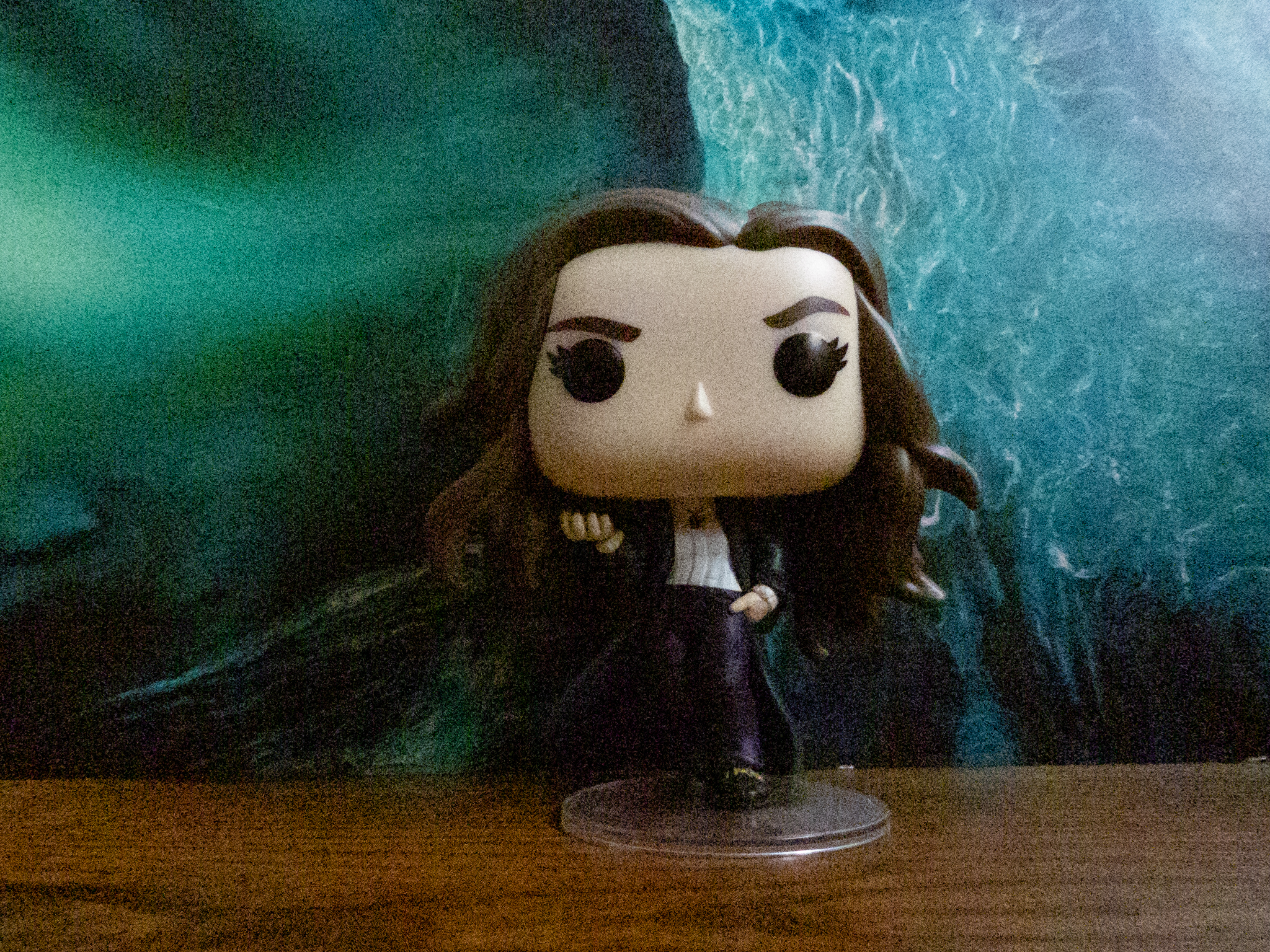
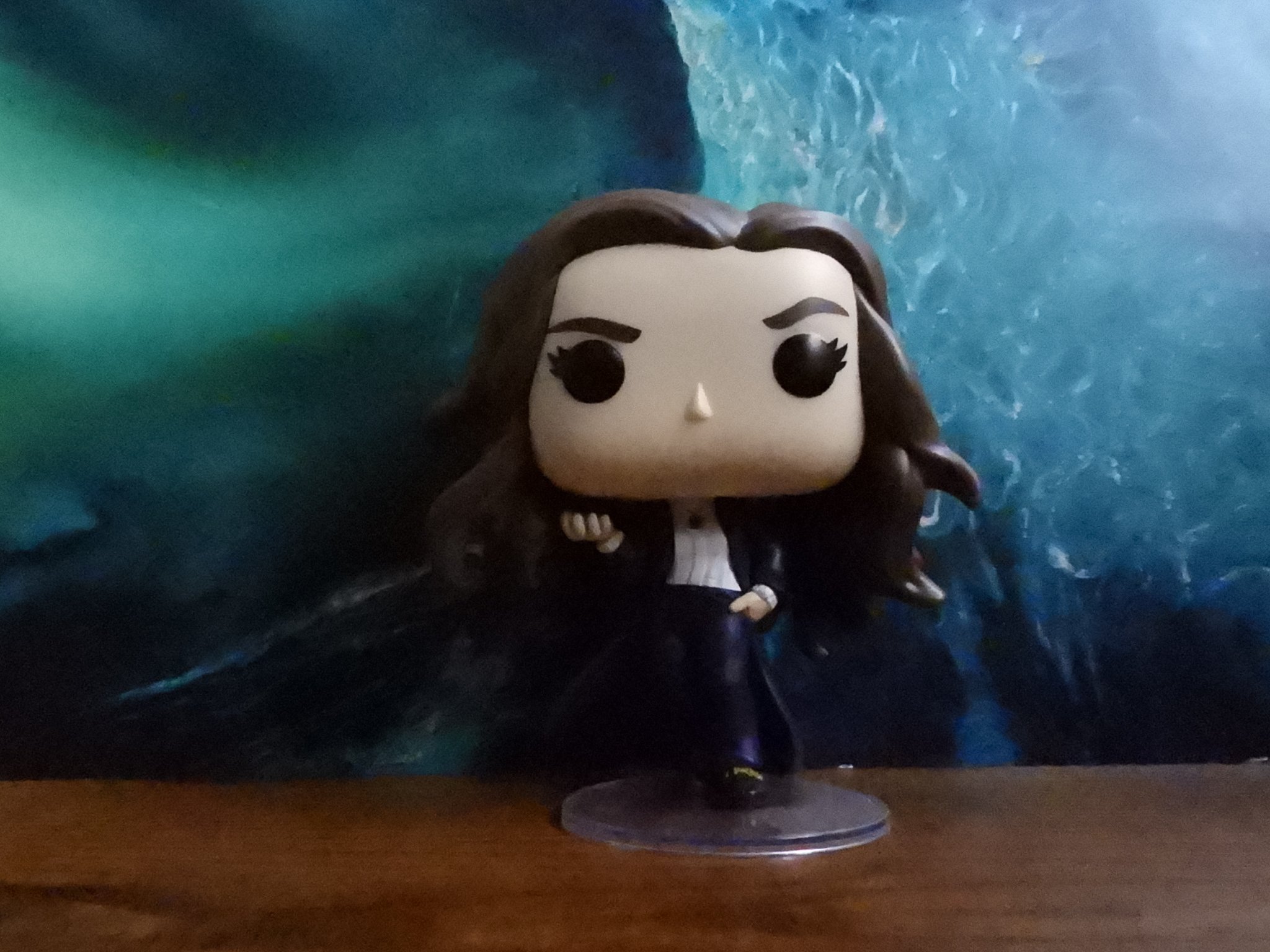
The first photo in the gallery above was shot at ISO6400 and is a JPEG export of the RAW file, while the second photo is the straight-out-of-camera (SOOC) JPEG. The RAW file is extremely noisy and even though the camera has tried to suppress some of the noise in the SOOC JPEG, it’s still ruinous. The details on the art print are lost, and the bobblehead’s features, such as its hands and hair, are nowhere near sharp.
Nikon Coolpix P1100 review: Video
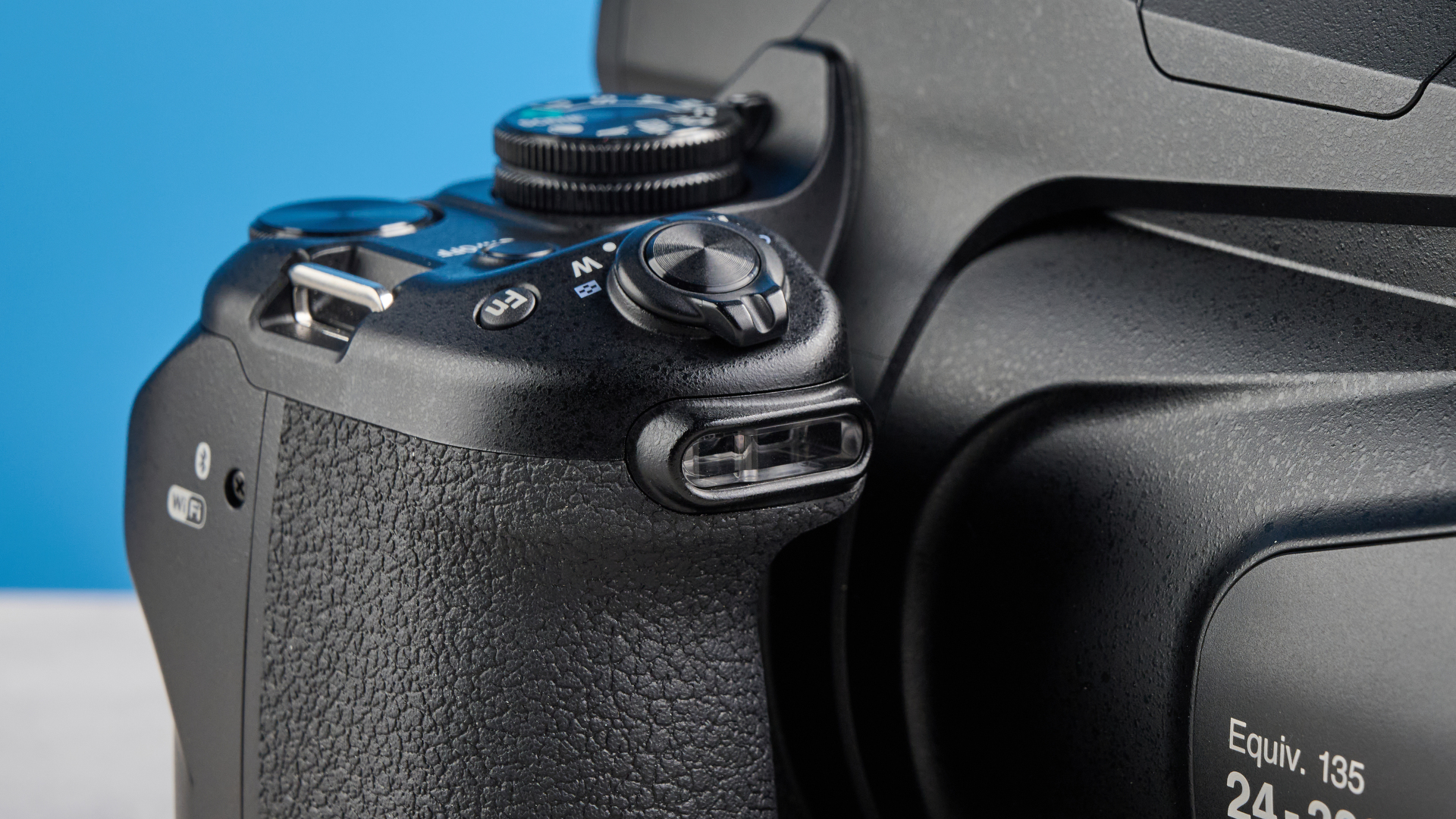
If you want to record videos of your favorite birds, animals or even landscapes and humans, the Nikon Coolpix P1100 is fit for purpose. It can shoot 4K UHD video at 30fps and FHD video at 30fps. If you want smooth 60fps, you’ll need to shoot at 720P.
Because there’s no animal subject detection, the camera is slow and struggles to pick up on them while recording video, as you can see in the video above. This was shot in 4K at 30fps, and there are some jitters. Apart from that, colors look good and once the birds are in focus, they look lovely too.
Nikon Coolpix P1100 review: Battery life
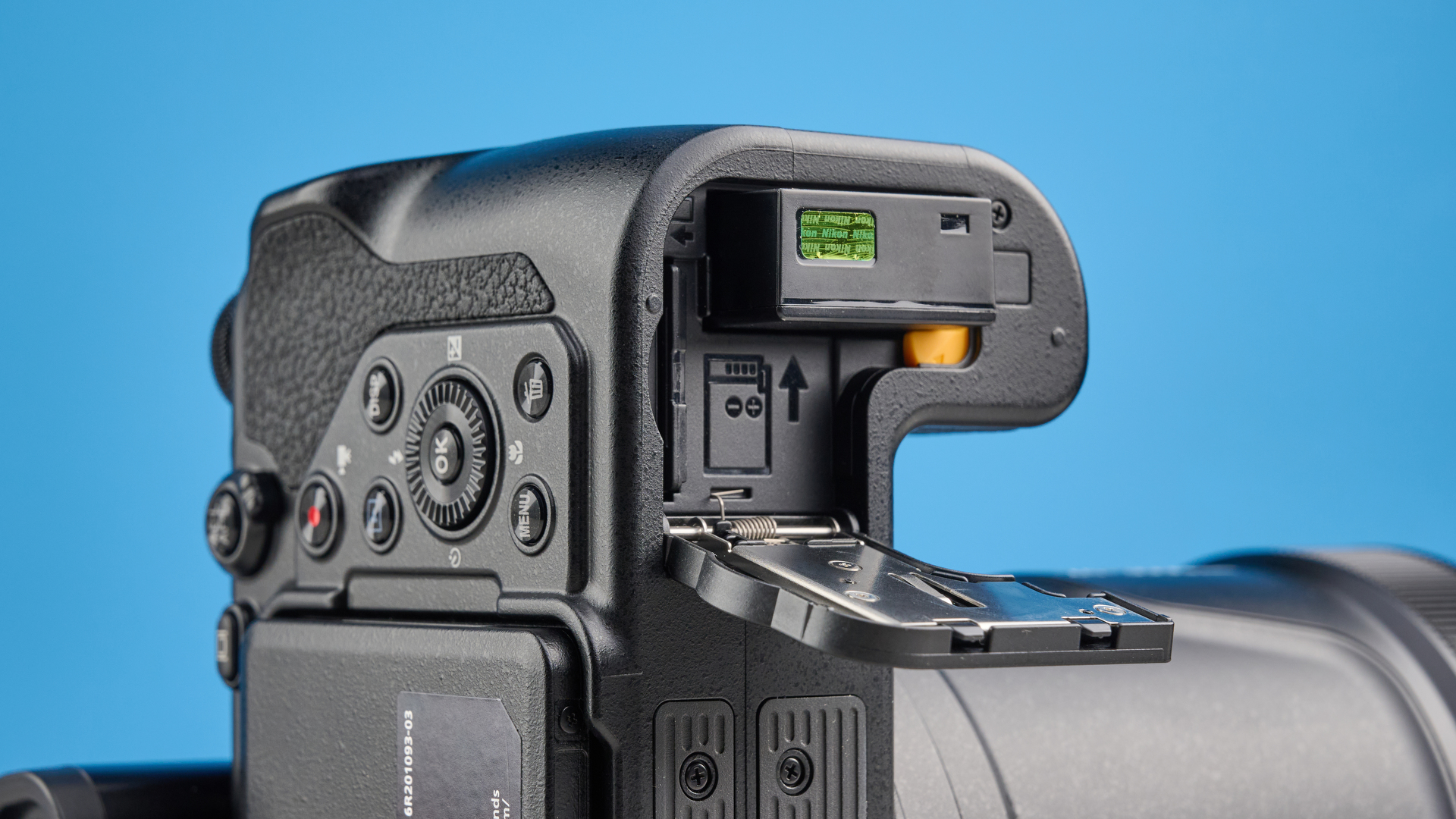
The Nikon Coolpix P1100’s battery life is similar to that of other bridge cameras. The camera utilizes an EN-EL20a battery and it’s CIPA-rated for 260 shots or 70 minutes of video capture. The Canon PowerShot SX70 HS is CIPA-rated for 255 shots while the Panasonic Lumix DMC-FZ2000/FZ2500 can yield 270 shots on a single charge.
CIPA testing is conducted under strict conditions and chances are you’ll get more shots between charges during real-world usage. In my testing, I was able to achieve 400 shots but I was also shooting burst photos and a spot of video, so that’s great. I’d still recommend carrying a portable power bank if you plan to be out all day to photograph birds at, say, a nature reserve.
Nikon Coolpix P1100 review: Verdict
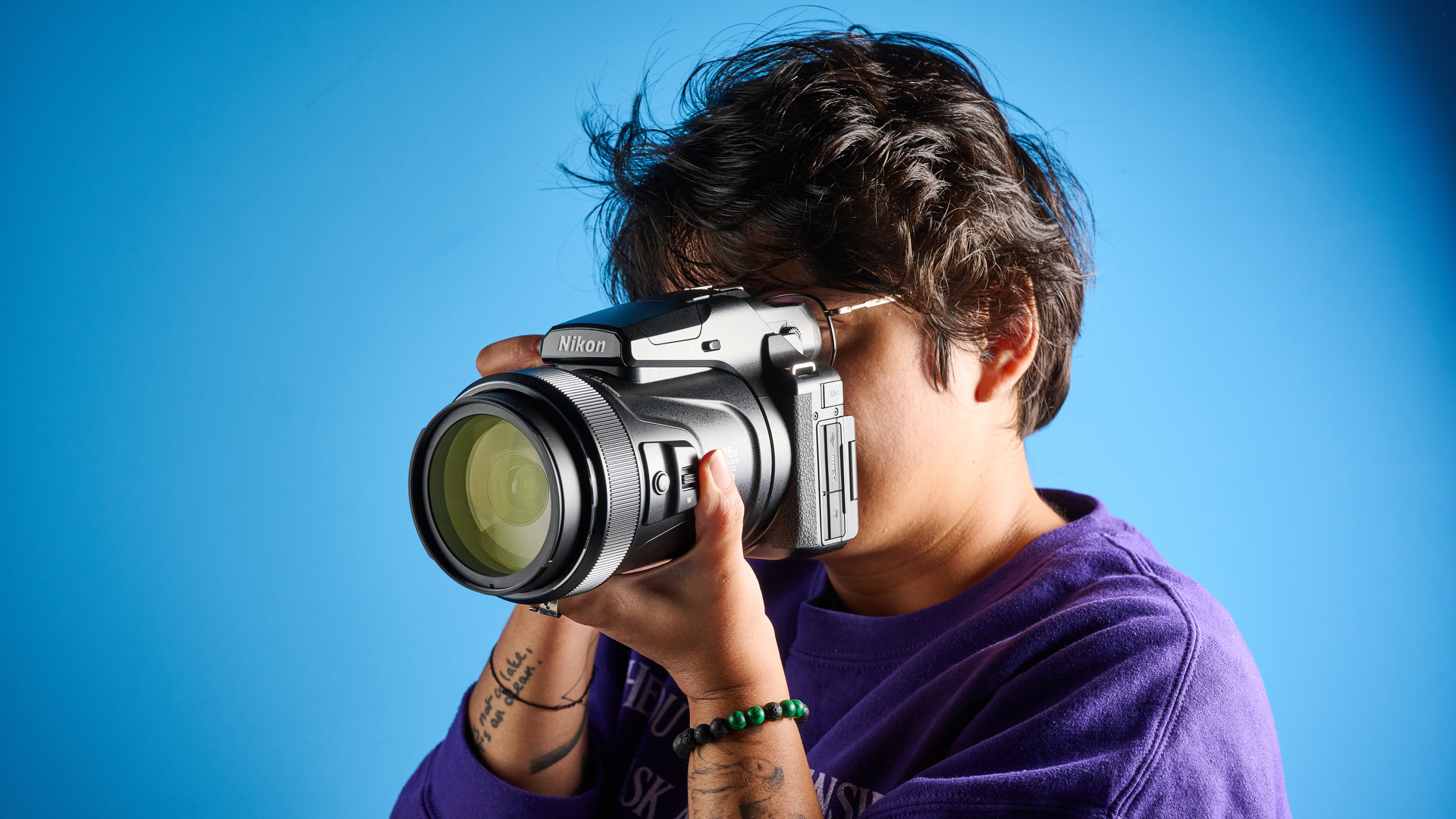
The Nikon Coolpix P1100 is a very capable and competent bridge camera. Although not without its flaws, it’s still a fantastic and easy-to-use camera for bird photography. Thanks to its massive 24-3000mm zoom range, you can get up close and personal with birds without encroaching on their personal space. The 16MP images it takes turn out great with good color reproduction.
The camera is also capable of shooting 4K/30fps video, and its straightforward control scheme makes it a good choice for anyone wanting to photograph birds. However, because of its small sensor, the ISO range is limited (topping out at 6400). The camera itself is quite bulky and not exactly portable, and the lack of animal subject detection makes it difficult to capture birds in flight.
At the end of the day, though, I’ve thoroughly enjoyed using the Coolpix P1100. As someone who loves all kinds of wildlife (except for spiders), it’s allowed me to capture beautiful images, and I’m sure anyone who wants to respect animals while photographing them will appreciate the Coolpix P1100.

Nikita is a Senior Writer on the Reviews team at Tom's Guide. She's a lifelong gaming and photography enthusiast, always on the lookout for the latest tech. Having worked as a Sub Editor and Writer for Canon EMEA, she has interviewed photographers from all over the world and working in different genres. When she’s not working, Nikita can usually be found sinking hours into RPGs on her PS5, flying a drone (she's a licensed drone pilot), at a concert, or watching F1. Her work has appeared in several publications including Motor Sport Magazine, NME, Marriott Bonvoy, The Independent, and Metro. You can follow her photography account on Instagram here.
You must confirm your public display name before commenting
Please logout and then login again, you will then be prompted to enter your display name.
